-
Putin 'cannot be trusted' as mediator, Kallas says, urges EU to tighten Russian oil cap after deadly Kyiv strike
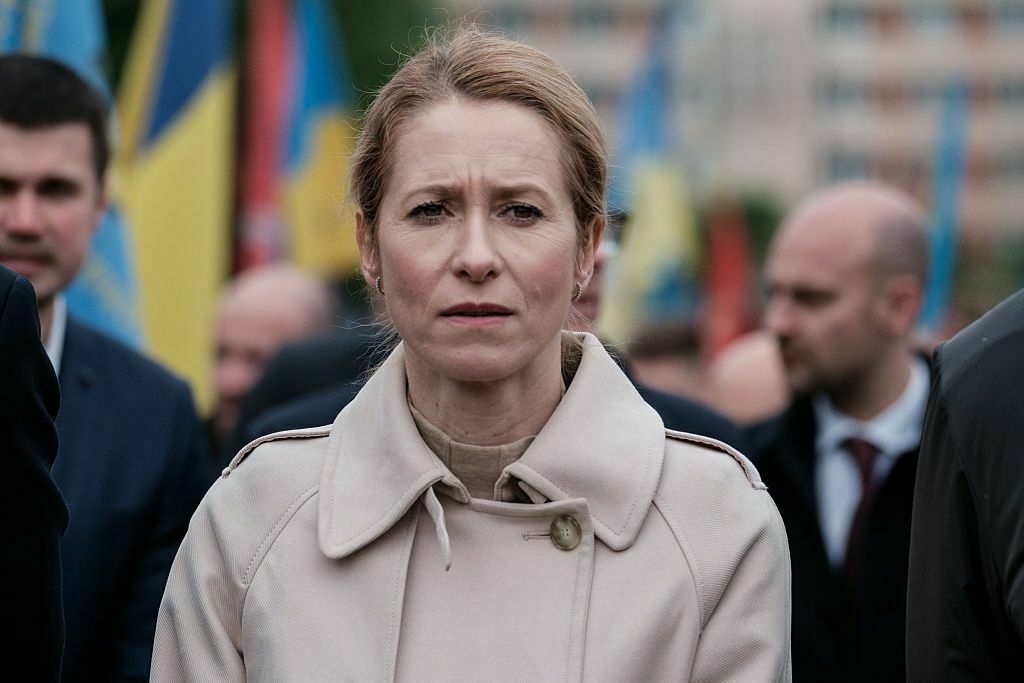
Russian President Vladimir Putin “cannot be trusted” to mediate peace in the Middle East while continuing to launch brutal attacks against civilians, EU High Representative Kaja Kallas said on June 17, following a mass Russian strike on Kyiv that killed at least 21 people and injured over 130.
“Clearly, President Putin is not somebody who can talk about peace while we see actions like this,” Kallas said during a briefing in Brussels. “He’s not a mediator that can really be considered. Russia cannot be a mediator if they don’t really believe in peace."
Russia has sought to position itself as a potential mediator in the escalating conflict between Israel and Iran. Kremlin spokesperson Dmitry Peskov said on June 17 that Israel appeared unwilling to accept Russia’s offer of mediation.
President Donald Trump said on June 15 that Putin had expressed willingness to help mediate between Tel Aviv and Tehran — an idea already dismissed by France. EU leaders have also questioned Moscow’s neutrality given its deep military ties with Iran, which has supplied Russia with drones and missiles used in attacks on Ukraine.
Kallas also pointed to Iran’s role in enabling Russia’s attacks. “Iran has helped Russia do these attacks… their cooperation is working in this regard,” she said.
Kallas urged the European Union to press forward with lowering the oil price cap on Russian oil, even without U.S. support, warning that Middle East tensions could otherwise drive prices up and boost Russia’s revenues.
“The whole idea of the oil price cap is to lower the prices,” Kallas said. “We shouldn’t end up in a situation where the crisis in the Middle East increases oil prices and makes Russia earn more… that would mean they can fund their war machine on a bigger scale."
Her warning comes after global oil prices soared on June 13, following an Israeli strike on Iran that raised fears of a broader regional conflict. Brent and Nymex crude prices surged more than 10% before stabilizing around 7.5% higher, with Brent at $74.50 a barrel and Nymex at $73.20, the BBC reported.
The spike threatens to undermine Western efforts to restrict Russia’s wartime revenues, which heavily depend on oil exports.
Earlier, Kallas said the EU can act independently to lower the oil price ceiling, noting that most Russian crude flows through European-controlled waters.
“Even if the Americans are not on board, we can still do it and have an impact,” she said.
Her remarks come as the EU works on its 18th sanctions package targeting Russia’s energy, banking, and defense sectors. The 17th package entered into force on May 20. European Commission President Ursula von der Leyen has said new measures will further target Russia’s war-sustaining supply chains.
Kallas spoke hours after one of Russia’s deadliest attacks on Kyiv since the start of its full-scale invasion. The nearly nine-hour assault saw Moscow fire 472 aerial weapons, including over 280 Shahed drones and multiple cruise and ballistic missiles.
Ukraine’s Air Force reported intercepting 428 targets, but several missiles hit residential buildings, including a nine-story apartment block in Solomianskyi district, where 16 people were killed.
President Volodymyr Zelensky called the assault “one of the most horrifying attacks on Kyiv” and again called on Western leaders to act decisively.
After 3 years of full-scale war in Ukraine, Europe finally lays out road map to detox from Russian oil and gasAfter three years of limited measures and political hangovers, the European Union has laid out a legal roadmap to finally end its long-standing addiction to Russian oil and gas. Under a new legislative proposal announced in Strasbourg on June 17, Brussels aims to cut off all remaining imports of RussianThe Kyiv IndependentAlex Cadier
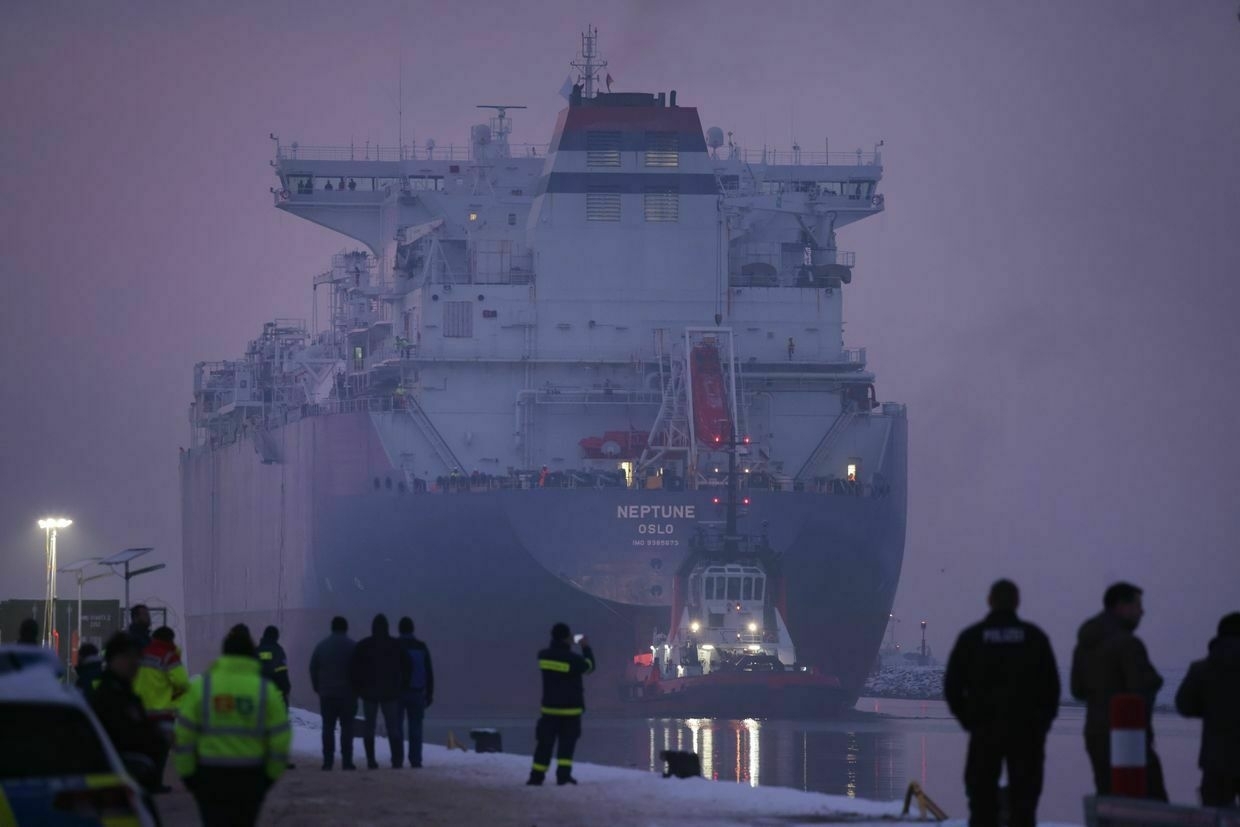
-
General Staff: Russia has lost 1,007,160 troops in Ukraine since Feb. 24, 2022
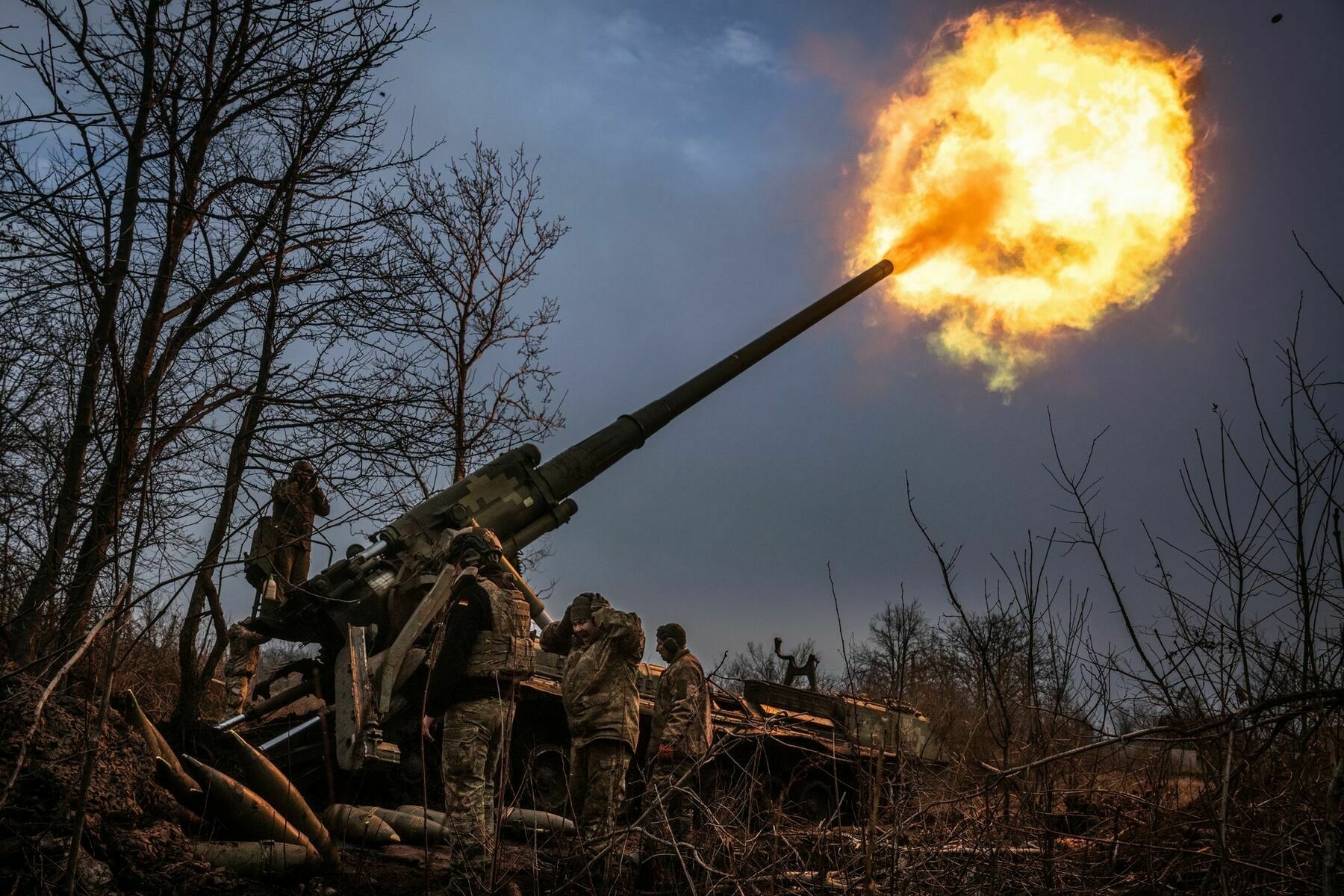
Russia has lost 1,007,160 troops in Ukraine since the beginning of its full-scale invasion on Feb. 24, 2022, the General Staff of Ukraine’s Armed Forces reported on June 18.
The number includes 1,040 casualties that Russian forces suffered just over the past day.
According to the report, Russia has also lost 10,947 tanks, 22,845 armored fighting vehicles, 52,312 vehicles and fuel tanks, 29,265 artillery systems, 1,420 multiple launch rocket systems, 1,187 air defense systems, 416 airplanes, 337 helicopters, 41,165 drones, 3,369 cruise missiles, 28 ships and boats, and one submarine.
Kellogg to meet Lukashenko in highest-ranking US visit to Belarus in years, Reuters reportsU.S. Special Envoy for Ukraine Keith Kellogg will meet Belarusian President Alexander Lukashenko in the coming days, Reuters reported on June 17, citing four sources familiar with the matter.The Kyiv IndependentVolodymyr Ivanyshyn
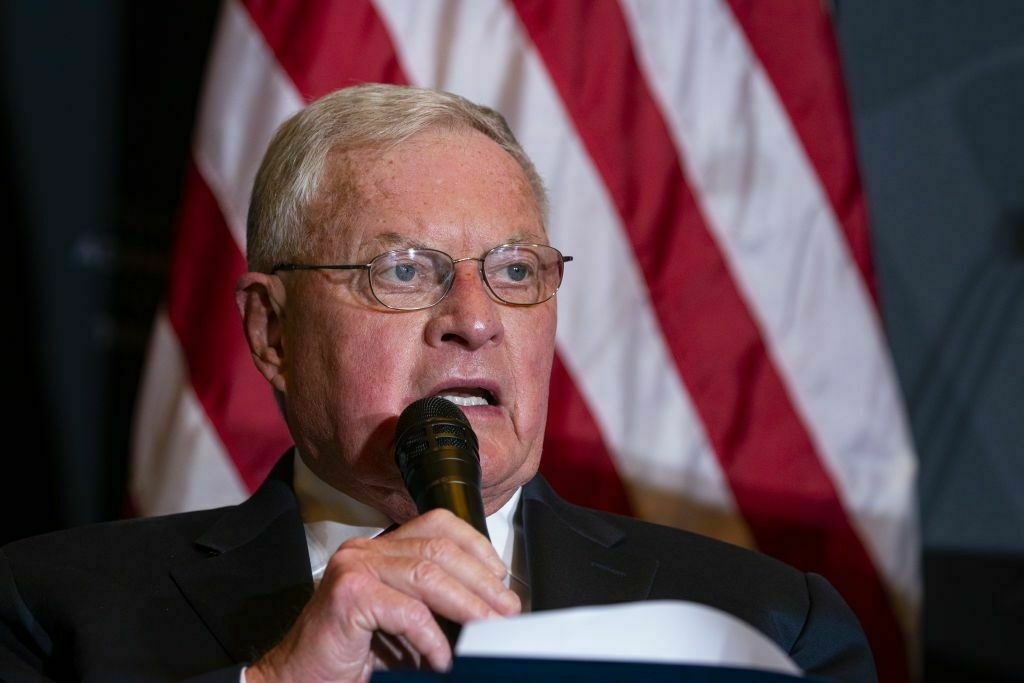
-
Kellogg to meet Lukashenko in highest-ranking US visit to Belarus in years, Reuters reports
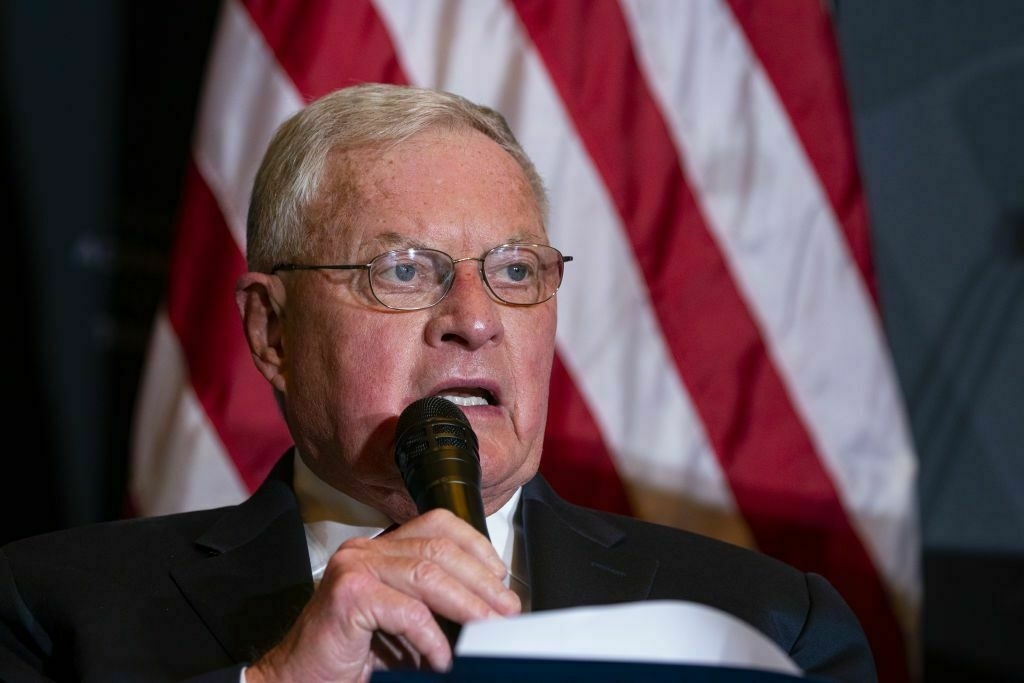
U.S. Special Envoy for Ukraine Keith Kellogg will meet Belarusian President Alexander Lukashenko in the coming days, Reuters reported on June 17, citing four sources familiar with the matter.
Kellogg will meet Lukashenko in a visit to Belarus as peace talks to bring an end to Russia’s war against Ukraine remain inconclusive, Reuters reported.
In February, U.S. Deputy Assistant State Secretary Christopher W. Smith visited Belarus alongside two other U.S. officials to conduct a prisoner swap in a similar unannounced visit.
Lukashenko has been in power since 1994 and has been accused of staging fraudulent elections in Belarus. The leader declared a seventh consecutive presidential election victory in January.
Kellogg has given the impression that the meeting could help reinitiate largely unsuccessful peace talks between Ukraine and Russia, two sources told Reuters.
Lukashenko is seen as a key ally of Russian President Vladimir Putin as Russia faces isolation in response to its full-scale war against Ukraine.
The White House has discussed ways to weaken Russia’s influence on Minsk and bring Belarus closer to the United States, one of the sources said.
On Feb. 12, Smith drove to Belarus from Lithuania following a phone call with Lukashenko. The small U.S. delegation visited a border town where three political prisoners were transferred, including one U.S. citizen and two Belarusian citizens, the New York Times reported.
Lukashenko assured he was ready to decrease repression in Belarus, Smith said, adding that the U.S. wants Belarus to be less reliant on Russia.
Belarus has faced Western sanctions following a presidential election in 2020 that international observers condemned as fraudulent. The sham election garnered mass protests that rejected the results.
Minsk refused to invite a mission from the Organization for Security and Cooperation in Europe (OSCE) to observe the country’s Jan. 26 presidential election.
Belarus further isolated itself from the West as it supports Russia in its ongoing war against Ukraine.
‘He said he wasn’t going anywhere’ — Survivors search for missing following Russia’s deadliest attack on Kyiv this yearSitting a few meters from the rubble of what used to be a nondescript nine-story residential building in Kyiv, Lilia rises to her feet every time another pile of debris is cleared from the site targeted by Russia during a mass overnight attack on June 17. “We are waiting (asThe Kyiv IndependentKateryna Denisova
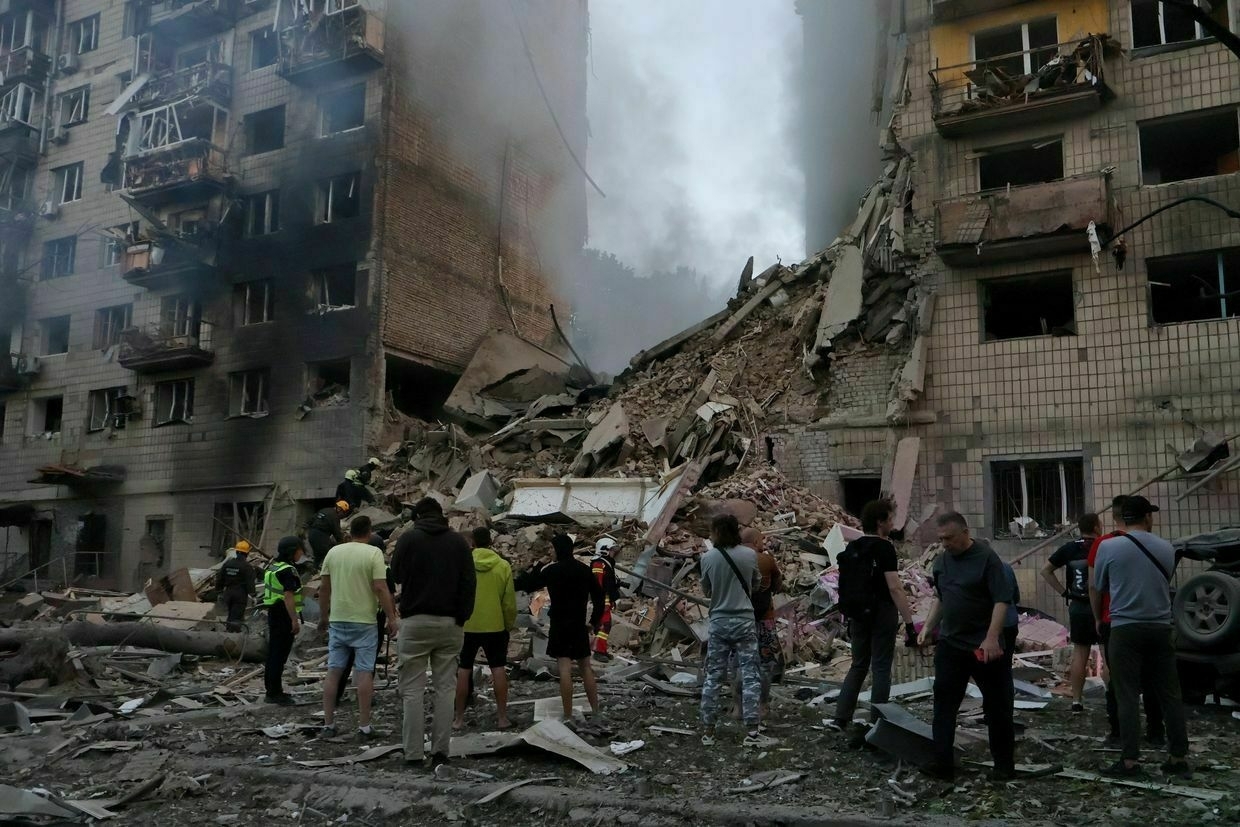
-
Zelensky welcomes G7 support as summit delivers no strong breakthrough for Ukraine
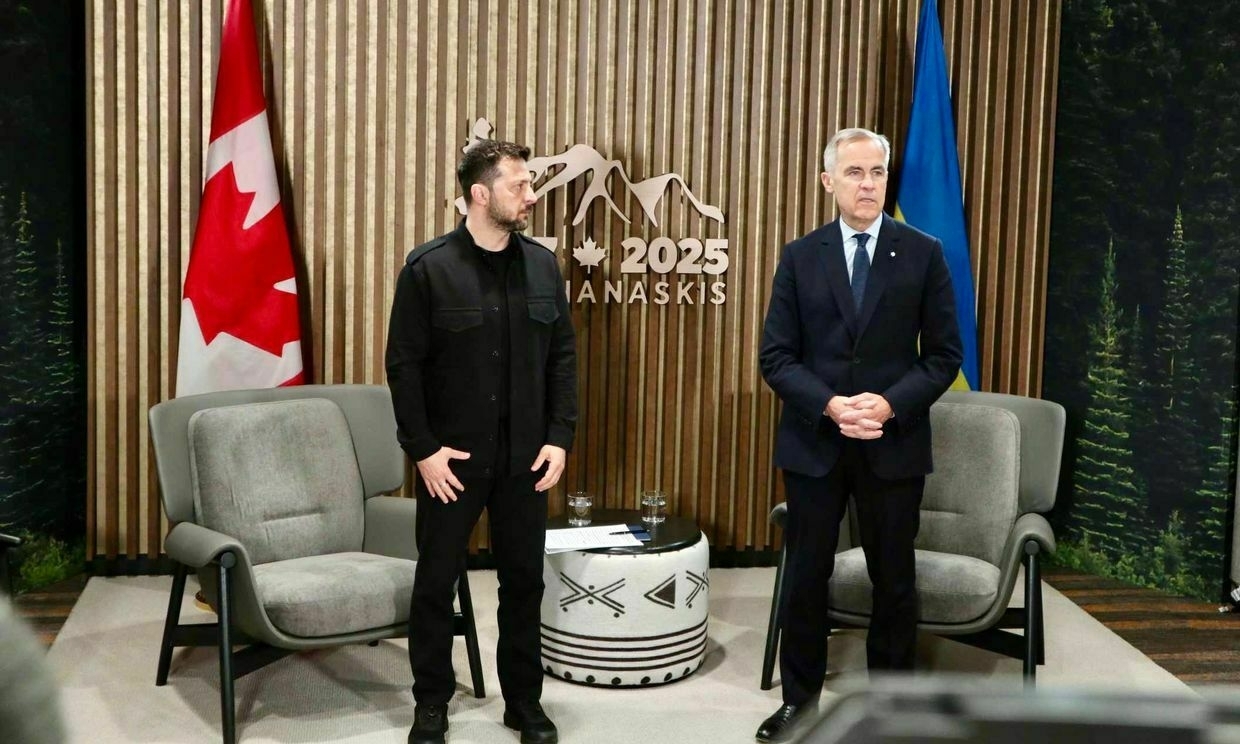
President Volodymyr Zelensky said on June 17 that the G7 summit had produced concrete results for Ukraine, including increased military support, new tranches of aid using frozen Russian assets, and additional sanctions targeting the sources of Russia’s war effort.
“It is important that our partners are ready not only to support our defense now, but also to rebuild Ukraine together after the war ends. I thank everyone who helps us fight Russian aggression and who, together with Ukraine, is building a strong security architecture for the future,” he added in a Telegram post.
Canadian Prime Minister Mark Carney announced a new support package for Ukraine earlier in the day, including two billion Canadian dollars ($1.5 billion USD) in military aid and over two billion Canadian dollars ($1.6 billion USD) loan for reconstruction. The package also includes funding for drones, ammunition, armoured vehicles, and new sanctions targeting Russia’s energy revenues and sanctions evasion.
U.K. Prime Minister Keir Starmer also announced a set of measures aimed at increasing pressure on Russian President Vladimir Putin, who continues to reject calls for an unconditional ceasefire in Ukraine. “The 30 targets strike across Russia’s financial, military and energy sectors in response to Putin’s continued aggression,” reads the U.K. government statement. The new sanctions also “crack down further on Putin’s shadow fleet,” targeting 20 of his oil tankers.
Starmer added that he “strongly” supports tightening the price cap on Russian crude oil to further cut into the Kremlin’s energy revenues.
The G7 nations, however, struggled to present a unified stance on the war in Ukraine after U.S. President Donald Trump voiced support for Russian President Vladimir Putin and called for Russia to be readmitted to the group. Russia was expelled from what was then the G8 after its 2014 invasion of Crimea.
Trump left the summit a day early to address the Israel-Iran conflict from Washington, departing without meeting Zelensky, who had hoped for a one-on-one conversation to press for stronger sanctions against Russia.
Zelensky had already cut his own visit to Canada short on June 17 and was preparing to return to Kyiv while G7 talks were still underway. He had been scheduled to travel to Calgary for events and a press conference with the Ukrainian diaspora, a source told a Kyiv Independent journalist on the ground, but those plans were canceled following a deadly Russian missile strike on Kyiv and changes to the summit agenda.
Zelensky later said he told G7 leaders that “diplomacy is now in a state of crisis” and urged allies to continue pressing Trump “to use his real influence” to help end the war.
With no new US aid packages on the horizon, can Ukraine continue to fight Russia?The U.S. has not announced any military aid packages for Ukraine in almost five months, pushing Kyiv to seek new alternatives. But time is running out quickly as Russian troops slowly advance on the eastern front line and gear up for a new summer offensive. “While Ukraine’s dependence onThe Kyiv IndependentKateryna Hodunova
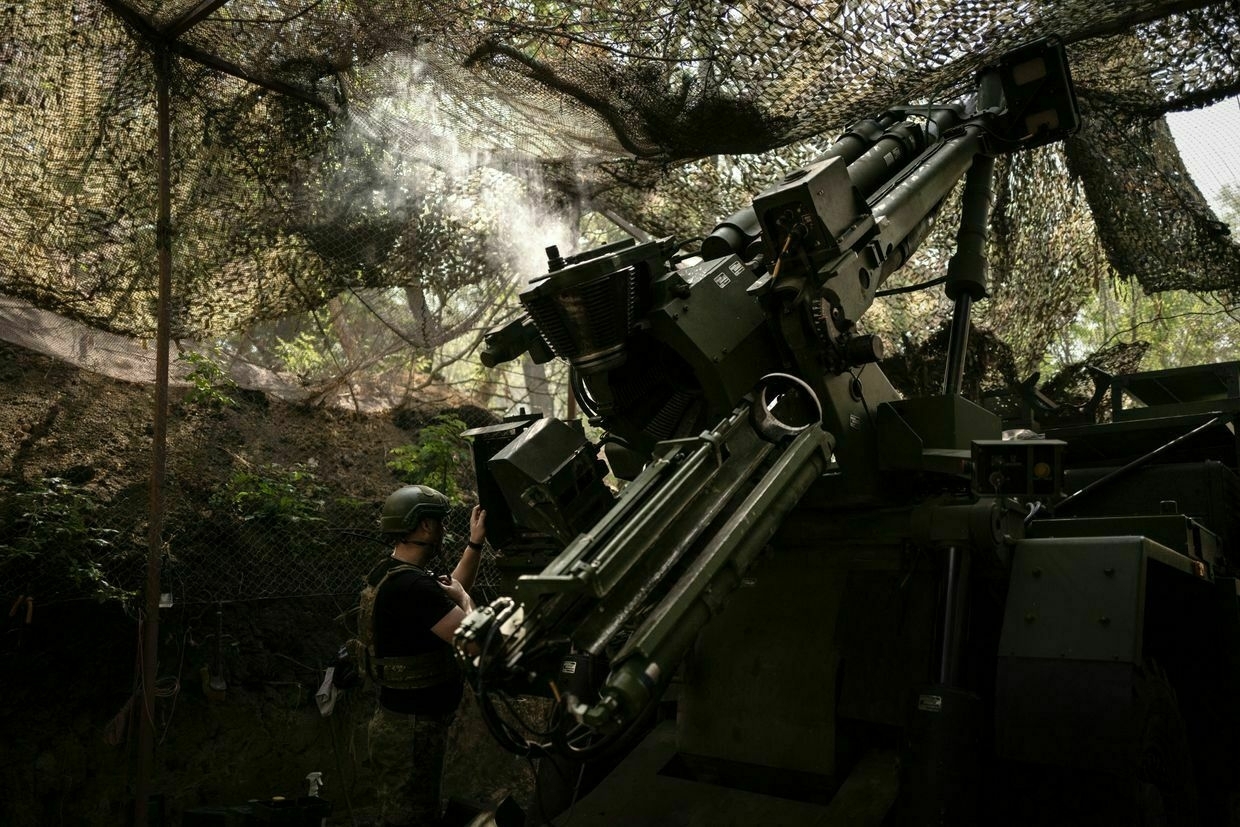
-
'We are determined to increase pressure on Russia' — Macron says as EU ready to toughen Russia sanctions
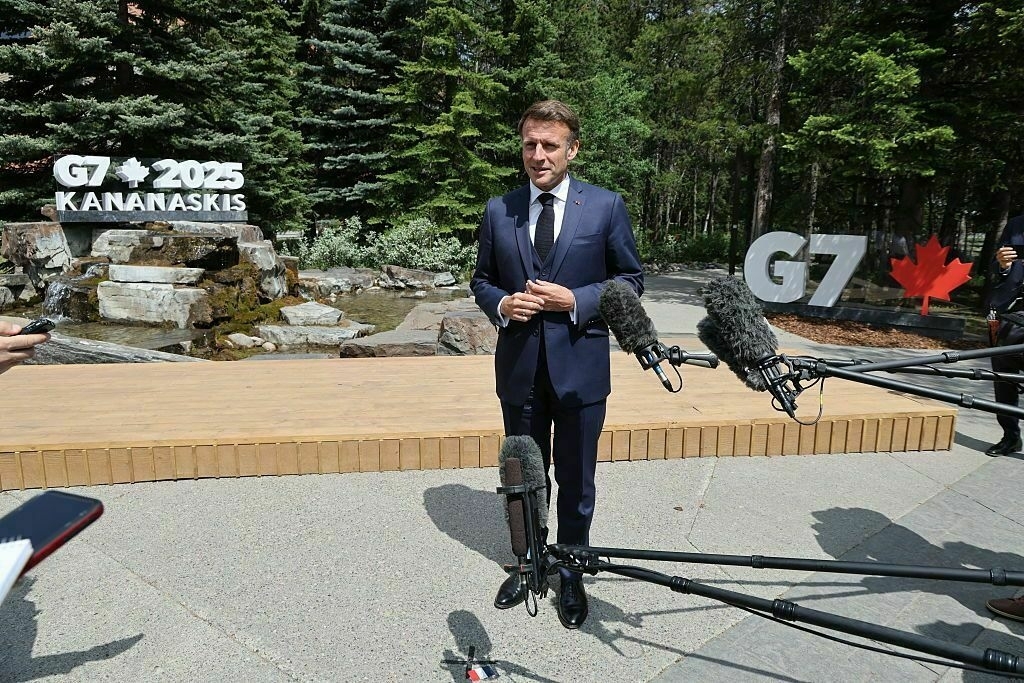
The European Union and its allies are ready to toughen sanctions on Russia, French President Emmanuel Macron said on the sidelines of the Group of Seven (G7) summit on June 17.
“With President (Volodymyr) Zelensky at the G7. We stand in solidarity with the Ukrainian people after last night’s massive Russian strikes,” Macron said in a post to social media.
“We are determined to increase pressure on Russia to accept the immediate and unconditional ceasefire that Ukraine is ready for,” he added.
Macron attended the G7 summit in Kananaskis, Canada, from June 15-17. Global leaders discussed a wide range of topics, including Russia’s war against Ukraine.
As the G7 leaders met in Canada, Russia launched one of its worst drone and missile attacks on Kyiv since it began its full-scale war against Ukraine in February 2022, killing 16 people and injuring at least 134.
“The common position that is emerging is to say, ‘We need to strengthen sanctions,'” CBC News reported, citing Macron.
Europe is proposing much tougher sanctions than the U.S. has imposed on Russia, Macron said, adding that the EU is in “very close co-ordination” with Canada, Japan, and the U.K.
Several countries, including Canada and the U.K., introduced additional sanctions on Russia as the G7 summit was ongoing.
Canada introduced a new military aid package for Ukraine in addition to its sanctions against Russia.
“In our view, this has changed the situation because it will allow us to bring Russia back to the negotiating table, as (U.S.) President (Donald) Trump has been demanding,” Macron said, according to CBC News.
Zelensky attended the summit and met with various leaders, including Macron and Canadian Prime Minister Mark Carney.
Zelensky left the summit early, citing Russia’s attack on Kyiv. The nearly nine-hour-long attack saw Moscow’s forces launch large numbers of drones and missiles at Ukraine’s capital.
Foreign Minister Andrii Sybiha condemned the attack, calling it a “massive and brutal strike” timed deliberately to coincide with the G7 summit.
Zelensky described the drone and missile assault as “one of the most horrifying attacks on Kyiv."
‘He said he wasn’t going anywhere’ — Survivors search for missing following Russia’s deadliest attack on Kyiv this yearSitting a few meters from the rubble of what used to be a nondescript nine-story residential building in Kyiv, Lilia rises to her feet every time another pile of debris is cleared from the site targeted by Russia during a mass overnight attack on June 17. “We are waiting (asThe Kyiv IndependentKateryna Denisova
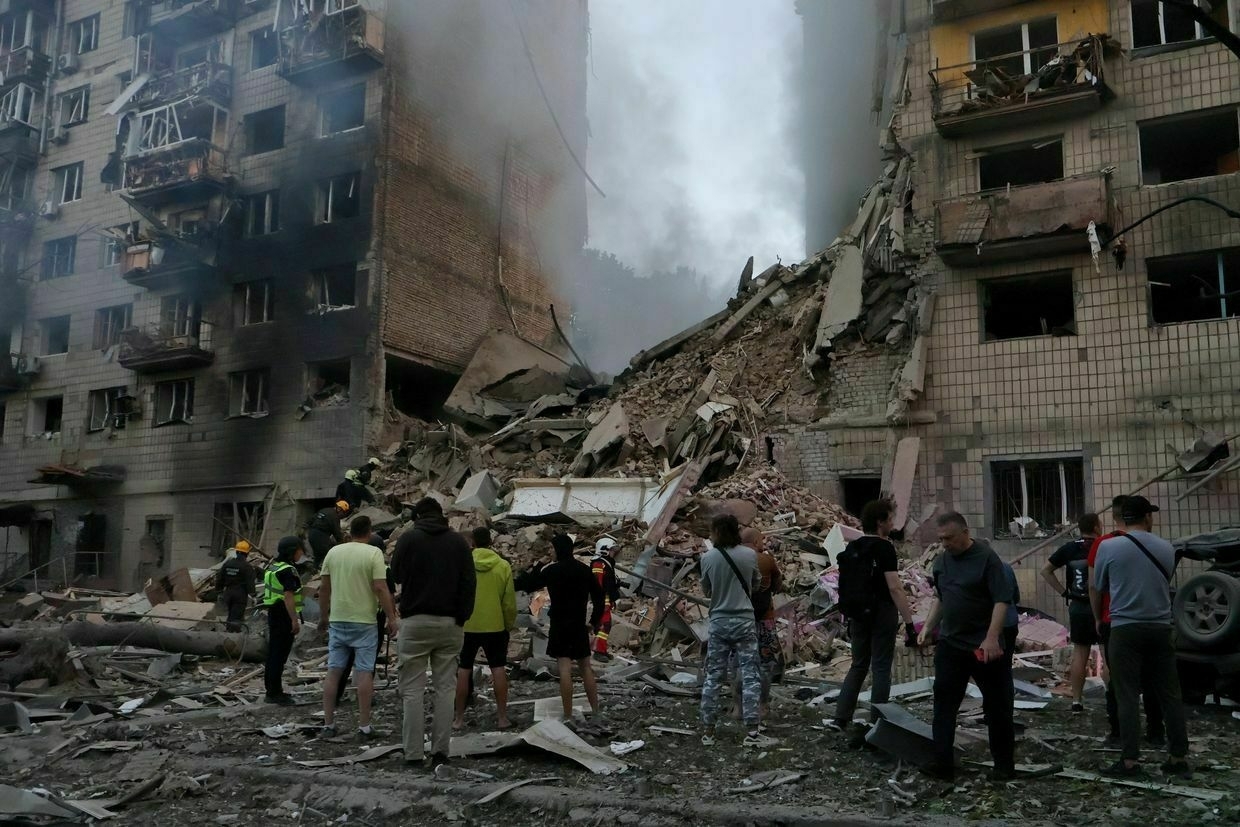
-
Zelensky leaves G7 early without meeting Trump as Canada drops Ukraine statement amid US pushback
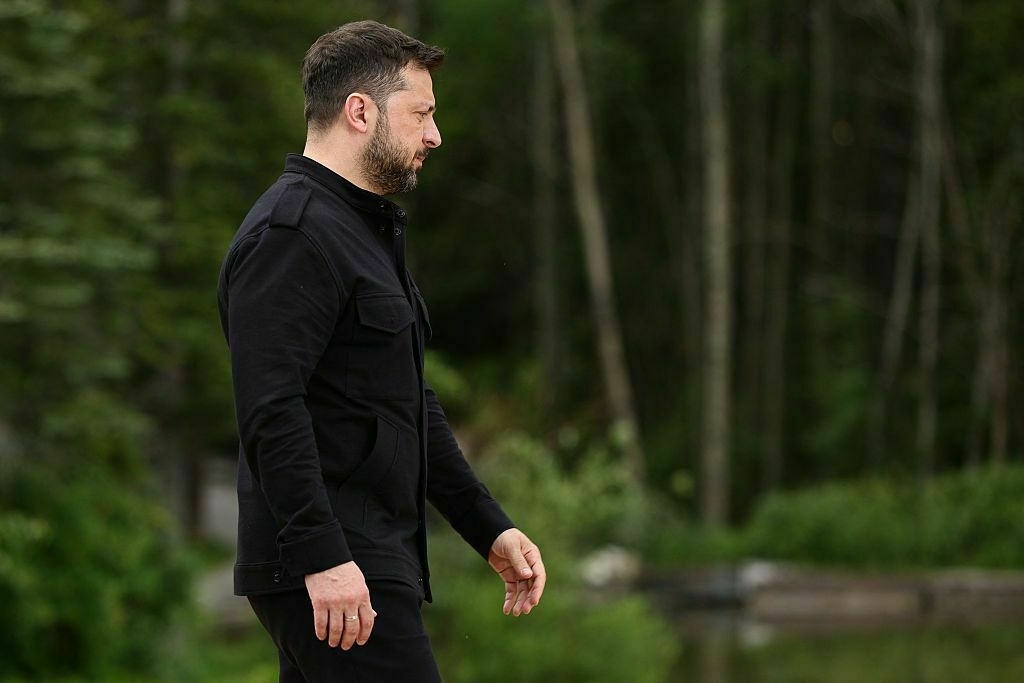
President Volodymyr Zelenskyy is cutting his visit to Canada short and will return to Kyiv following the conclusion of G7 talks on June 17, a source told a Kyiv Independent journalist on the ground.
He had been scheduled to travel to Calgary for additional events and a press conference, but those plans have been cancelled.
The change comes in the wake of a deadly Russian missile strike on Kyiv overnight, as well as changes to the G7 agenda.
Canada dropped plans for the Group of Seven to issue a joint statement on the war in Ukraine after the United States pushed to weaken the language, according to a Canadian official speaking on the sidelines of the summit. The official said Canada felt a watered-down version would not be fair to Ukraine.
Instead, the positions of the remaining six G7 members will be reflected in a separate statement expected from Prime Minister Mark Carney later in the day.
Zelensky had travelled to the summit hoping to meet one-on-one with U.S. President Donald Trump and to push for stronger sanctions against Russia. However, Trump left the summit early, citing the crisis in the Middle East, and no bilateral meeting or unified G7 statement took place.
-
G7 allies push for stronger Russia sanctions as Trump resists, Bloomberg reports
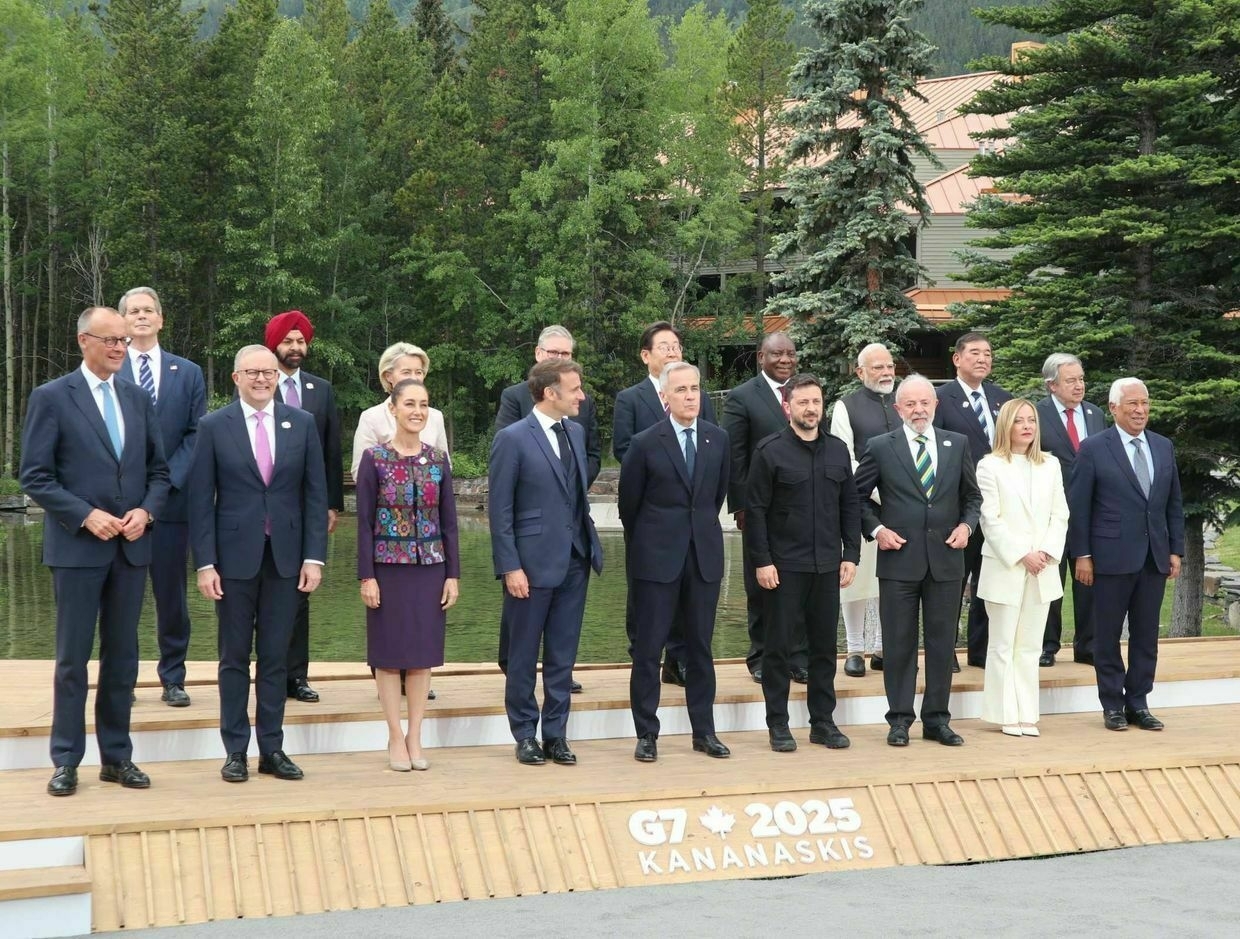
A dinner discussion among Group of Seven leaders on June 16 failed to shift U.S. President Donald Trump’s position on tougher sanctions against Russia, Bloomberg reported, citing sources familiar with the talks.
Trump has continued urging Russian President Vladimir Putin to agree to a ceasefire in Ukraine but has resisted additional sanctions, despite previously threatening to introduce more. At the G7 dinner, he reportedly repeated concerns that sanctions were too costly for the United States.
A chair’s statement expected from Canadian Prime Minister Mark Carney will affirm G7 support for U.S.-led peace efforts, according to Bloomberg. The statement is also set to highlight that Ukraine has demonstrated readiness for a ceasefire, while Russia has not, and emphasize the need for continued pressure on Moscow through sanctions. Carney’s office did not comment on the expected statement.
The European Union introduced its 18th package of sanctions ahead of the summit, while the United Kingdom followed with new restrictions targeting Russia’s energy and financial sectors. Both the EU and the U.K. have pushed to lower the G7 price cap on Russian oil, a move the U.S. has so far opposed.
The debate over sanctions comes amid intensified Russian strikes on Ukraine. Overnight, at least 14 people were killed in Kyiv in what President Volodymyr Zelensky described as “one of the most horrific attacks” since the start of the full-scale war. Multiple areas of the capital were hit by drones, missiles, or falling debris, including a direct strike on a nine-story residential building, which caused part of the structure to collapse. Search and rescue operations were ongoing.
“Such attacks are pure terrorism,” Zelensky said in a post on X after arriving in Canada for the G7 meeting. “And the whole world, the United States, and Europe must finally respond as a civilized society responds to terrorists.”
Zelensky had been scheduled to meet with Trump on June 17, but the meeting was canceled after the U.S. president left the summit early, citing the crisis in the Middle East. European officials, according to Bloomberg, are increasingly uncertain about Trump’s reliability and are working to reinforce security cooperation with other allies as U.S. support for Ukraine appears to be wavering.
Tired of military aid delays, Ukraine has designed its own ballistic missile — and it’s already in mass-productionUkraine announced on June 13 that its short-range Sapsan ballistic missile would go into mass production, a major development in Kyiv’s ongoing efforts to domestically produce the weapons it needs to fight Russia’s full-scale invasion. As Ukraine faces growing challenges in securing weapons from Western partners, and Russia continues launchingThe Kyiv IndependentYuliia Taradiuk
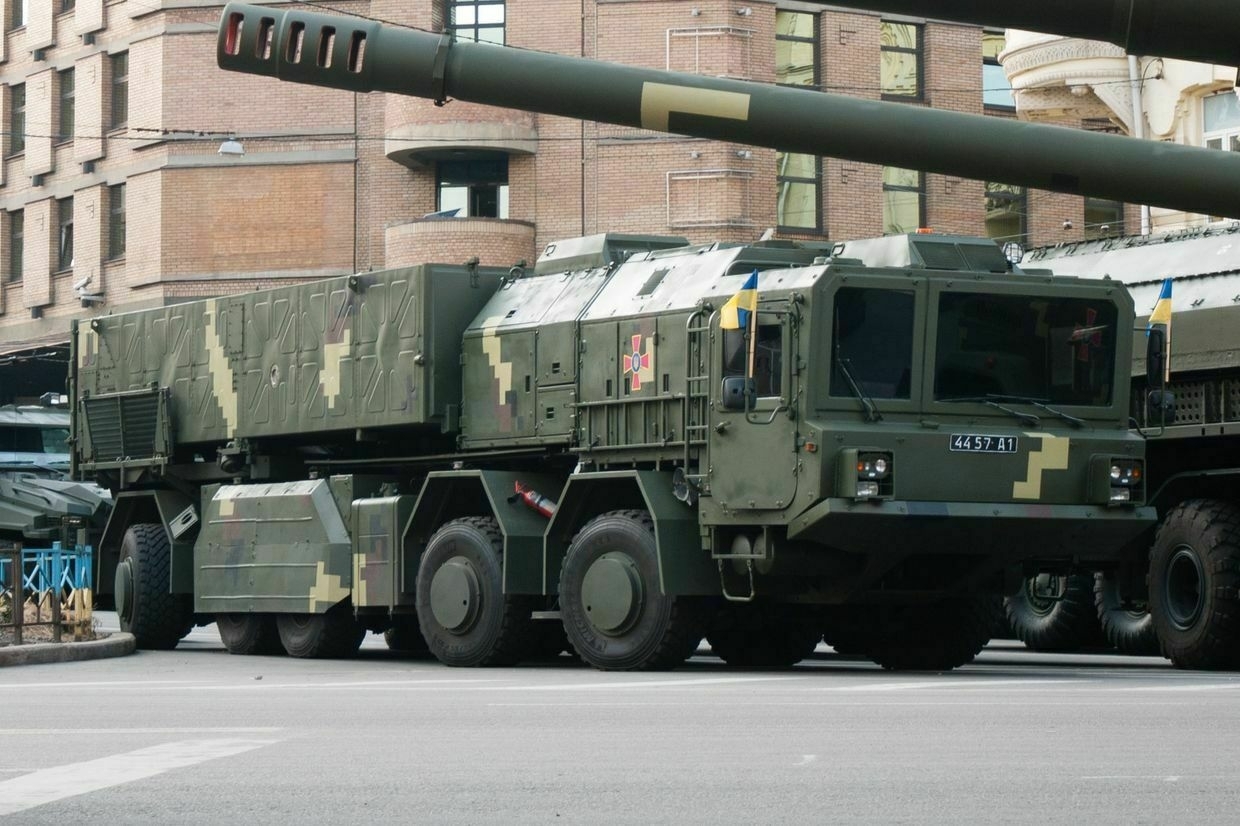
-
Ukrainian drone brigade distances itself from ex-volunteer commander's criticism
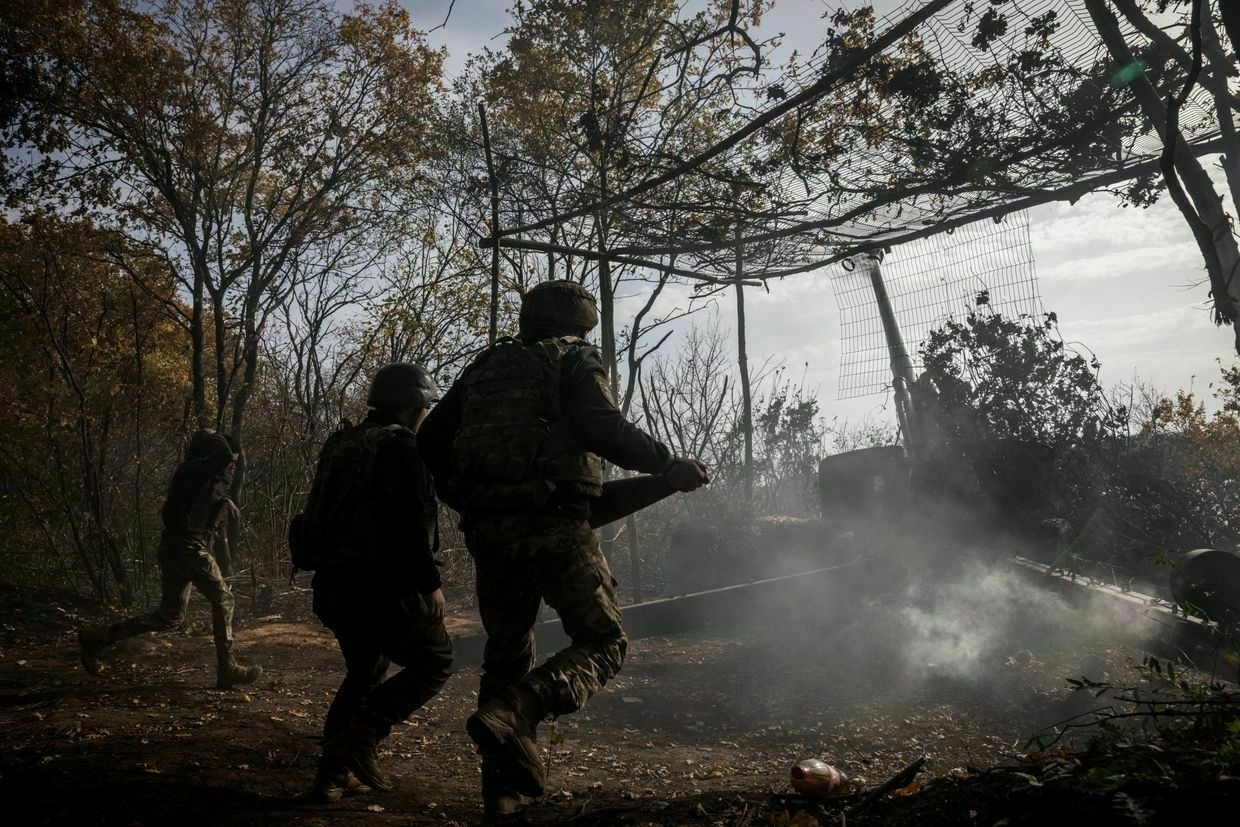
Ukraine’s 59th Brigade of the Unmanned Systems Forces said on June 17 that former fighter Ryan O’Leary no longer has access to current information about the unit’s operations and cannot speak on its behalf.
The statement follows public criticism from O’Leary, an American volunteer and former commander of the Chosen Company, who alleged widespread leadership failures within Ukraine’s Armed Forces.
On June 14, O’Leary said mismanagement within the military, rather than Russia’s action, was responsible for “more deaths,” accusing commanders of prioritizing personal power over troop welfare.
“The officer corps behaves like a caste system of untouchables or ‘army lords,'” he wrote on X.
Chosen Company, originally formed as the 312 Swedish Volunteer Company at the start of Russia’s full-scale invasion in 2022, has drawn members from more than 31 countries.
Its first commander, Swedish veteran Edvard Selander Patrignani, was killed in action in July 2022. O’Leary took command afterward, and the unit was integrated into the 59th Brigade in early 2023.
O’Leary accused the former commander of the 59th Brigade, Lieutenant Colonel Bohdan Shevchuk, of sending intelligence officers into reckless assaults, resulting in avoidable casualties. Shevchuk was recently removed from command after being accused of submitting false reports.
“In the first two months of his command, he sent soldiers into unattainable positions with no hope of reinforcement or survival,” O’Leary claimed.
In response, the 59th Brigade, deployed in the Pokrovsk sector in Donetsk Oblast, said O’Leary voluntarily resigned from service on Feb. 8, 2024, and has not taken part in any operations or internal decisions since.
“He does not have up-to-date information on the state of affairs in the unit and cannot comment on it,” the brigade said. “The dissemination of unfounded accusations and misinformation undermines morale and negatively affects the unit’s combat readiness."
The 59th Brigade emphasized that its soldiers continue to perform combat missions under challenging conditions and “maintain high efficiency and effectiveness."
O’Leary had announced the disbandment of the Chosen Company on May 26, but said he would wait to discuss details until his contract officially ended.
‘A brutal strike’ — Massive Russian missile and drone attack hits Kyiv, killing 10, injuring at least 124Russian drones and ballistic missiles targeted the capital overnight, killing 15 people and injuring at least 114, local authorities reported. Damage to civilian infrastructure has also been reported throughout the city.The Kyiv IndependentOlena Goncharova
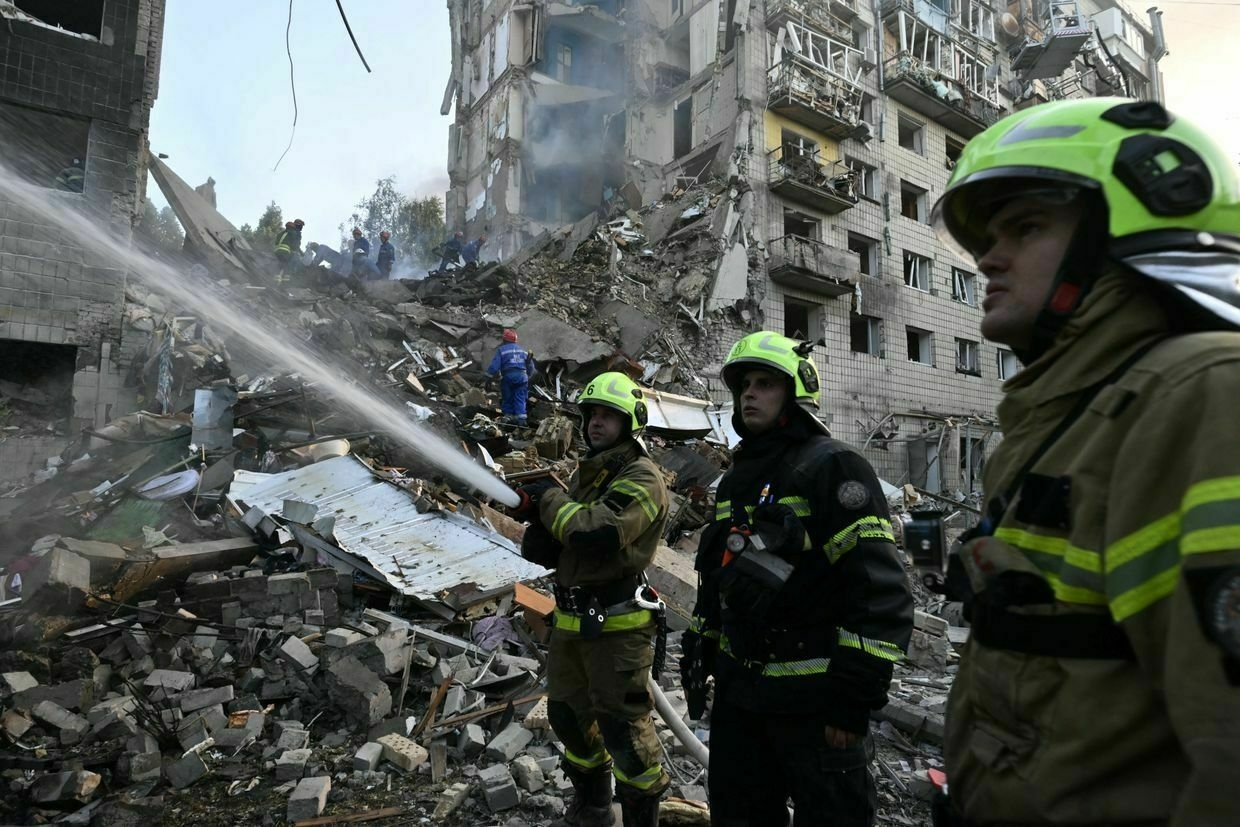
-
Carney on supporting Ukraine: We need MAXIMUM pressure on Russia #shorts
-
Canada announces $1.5 billion in new military aid to Ukraine, sanctions targeting Russia at G7 summit
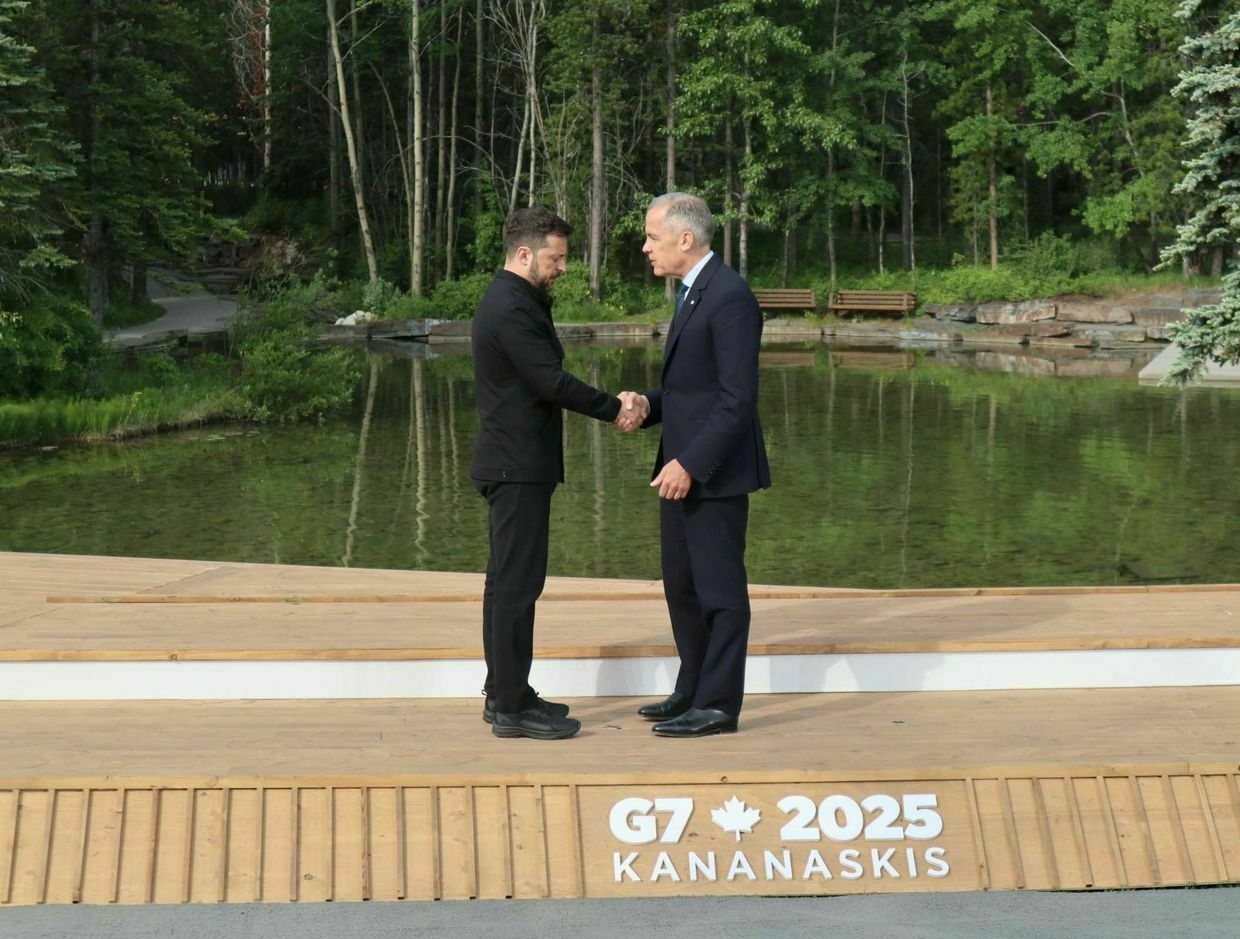
Canadian Prime Minister Mark Carney announced a sweeping new support package for Ukraine on June 17, during a bilateral meeting with President Volodymyr Zelensky on the final day of the G7 summit in Kananaskis, Alberta.
The measures include two billion Canadian dollars ($1.5 billion USD) in military funding and new sanctions aimed at restricting Russia’s energy revenues and evasion tactics.
“To be absolutely clear, this support will be unwavering until we get a just peace for Ukraine and the Ukrainian people,” Carney was quoted as saying.
The aid package includes funding for drones, ammunition, and armoured vehicles, as well as a $2.3-billion loan to support the reconstruction of Ukrainian infrastructure damaged by Russian attacks. Zelensky, who was invited to the summit by Carney, thanked the prime minister for his support, noting that Ukraine had just endured one of the largest missile attacks since the start of the full-scale invasion, killing 14 and injuring 117 people in Kyiv.
The new sanctions target 77 individuals and 39 entities, including 15 people involved in Russia’s so-called “shadow fleet,” three financial firms facilitating war-related transactions, and 14 entities tied to the development of quantum technologies with possible military use. Canada also upgraded its sanctions against Russian oil and gas giant Surgutneftegas.
Canada’s announcement came alongside similar measures from the U.K., which sanctioned individuals and entities connected to Russian finance, energy, and military operations, including 20 shadow fleet vessels and two U.K.-based individuals accused of exporting high-tech electronics to Russia.
‘He said he wasn’t going anywhere’ — Survivors search for missing following Russia’s deadliest attack on Kyiv this yearSitting a few meters from the rubble of what used to be a nondescript nine-story residential building in Kyiv, Lilia rises to her feet every time another pile of debris is cleared from the site targeted by Russia during a mass overnight attack on June 17. “We are waiting (asThe Kyiv IndependentKateryna Denisova
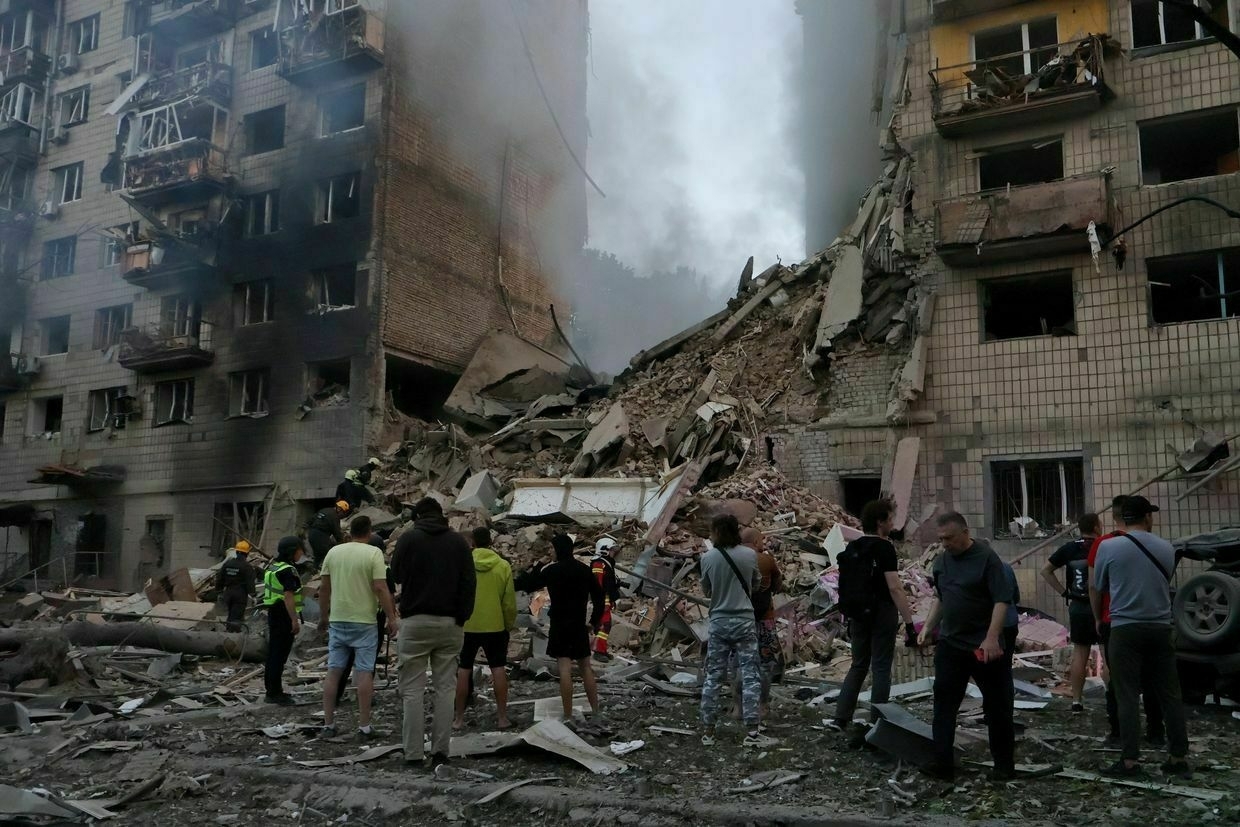
-
Ukrainian Forces report surge in Russian surrenders near Lyman
In the face of harsh conditions and abandoned by their leaders, Russian soldiers near Lyman are surrendering in droves, according to Ukrainian military officers. Senior Lieutenant Rostyslav Yashchishyn of the 63rd Separate Mechanized Brigade reported a dramatic increase in Russian combatants opting for capture, often due to being left without food or water. As per the Army Inform, these surrenders include both Russian soldiers and foreigners, the latter having joined the Russian Armed Forces in pursuit of citizenship. "They didn’t initially come here to surrender. They fight as long as they can, but given the hopelessness of their situation, they eventually surrender," explains Yashchishyn.
In a twist, some prisoners of war, hailing from Kazakhstan, Uzbekistan, Tajikistan, and Armenia, joined the Russian military campaigns to earn citizenship, suggesting their primary aim is financial gain and acquiring a Russian passport, Yashchishyn notes. The route to citizenship apparently involves a year-long military contract.
Meanwhile, on June 17, DeepState analysts signaled a shift, noting the Russian advance toward the main highway to Sumy. However, military analyst Oleksiy Hetman downplayed the threat, emphasizing that Russia had expended its offensive momentum after breaching Ukraine's most vulnerable defenses in this part of the region.
On June 16, the "Rubezh" Brigade of the Ukrainian National Guard reported the Russian forces have persistently resorted to prohibited chemical weapons for over three weeks during assaults in Donetsk, exacerbating the humanitarian crisis.
-
Ukraine war latest: Massive Russian attack kills 14, injures 117 in Kyiv
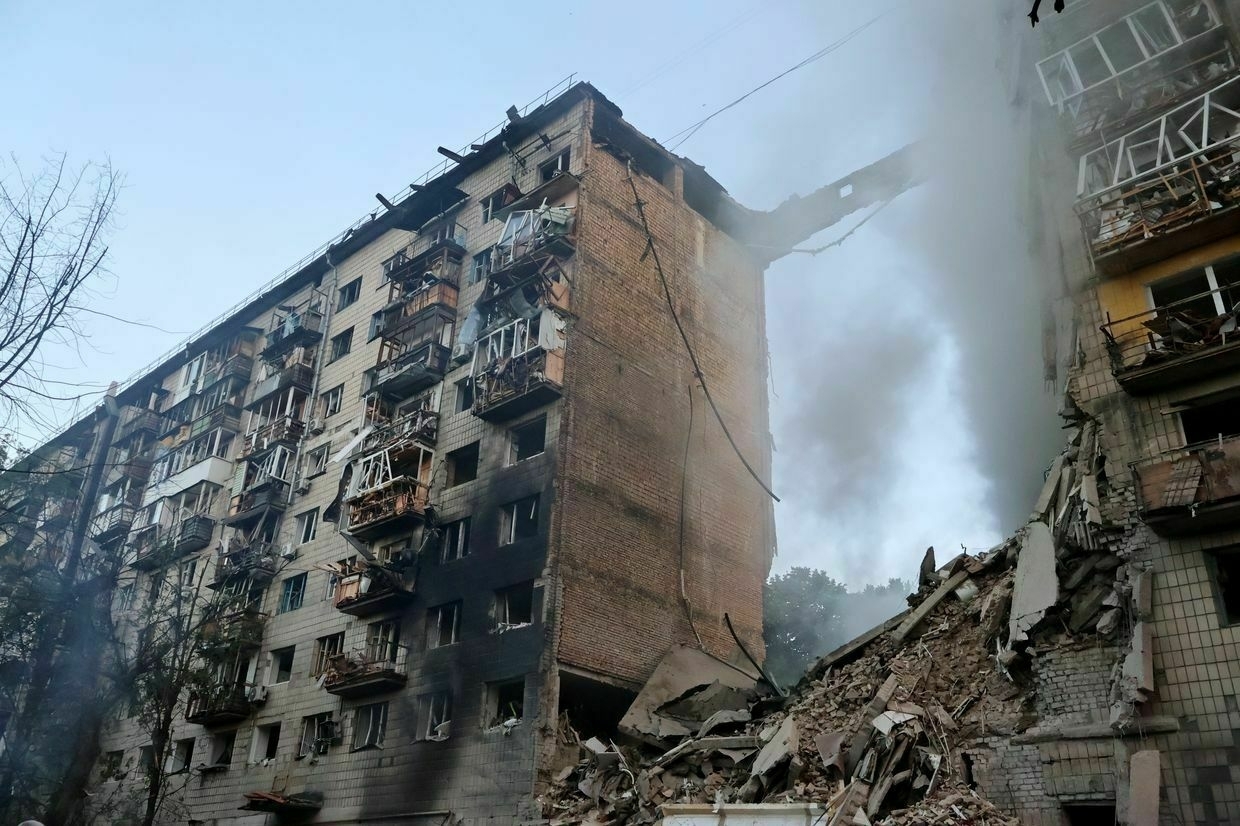
Key developments on June 17:
- ‘A brutal strike’ — Massive Russian missile and drone attack hits Kyiv, killing 14, injuring at least 117
- Zelensky arrives at G7 summit hours after Trump departs
- US group designed to pressure Russia into peace in Ukraine disbanded by Trump administration, Reuters reports
- US reportedly considers strikes on Iran as Trump demands' unconditional surrender'
- Russian military-industrial chemical plant halts operations after Ukrainian drone strike
At least 14 people have been killed and at least 117 others injured after a mass Russian missile and drone attack on Kyiv overnight on June 17.
Ukraine’s National Police initially reported 15 dead and 124 injured in the attack, but Interior Minister Ihor Klymenko later revised the death toll to 10. The State Emergency Service subsequently updated the figure to 14.
Klymenko said operational data may change, as body parts found during rescue efforts can sometimes be mistakenly counted as multiple victims.
According to the State Emergency Service, one body has been recovered from the rubble of the nine-story building, and rescue operations are still ongoing.
The almost nine-hour-long attack saw Moscow’s forces launch large numbers of kamikaze attack drones, as well as cruise and ballistic missiles at Ukraine’s capital.
Kyiv Independent journalists on the ground reported the sounds of drones, missiles, and multiple rounds of explosions throughout the night.
The Ukrainian Air Force confirmed that Russia launched 472 aerial weapons overnight, including nearly 280 Shahed-type attack drones and two Kinzhal ballistic missiles. The strike primarily targeted Kyiv.
Ukraine’s air defense forces reportedly destroyed 428 air targets, including 239 Shahed drones and 15 Kh-101 cruise missiles. Air defenses also intercepted one Kinzhal missile, while another was reportedly lost from radar tracking.
President Volodymyr Zelensky called the assault “one of the most horrifying attacks on Kyiv,” saying more than 440 drones and 32 missiles were launched across Ukraine overnight.
“Such attacks are pure terrorism,” he said in a statement on social media. “And the whole world, the U.S., and Europe must finally respond as civilized societies respond to terrorists."
Zelensky confirmed that damage had been reported in eight districts of Kyiv, with emergency workers still searching for survivors beneath the rubble of a destroyed apartment block.
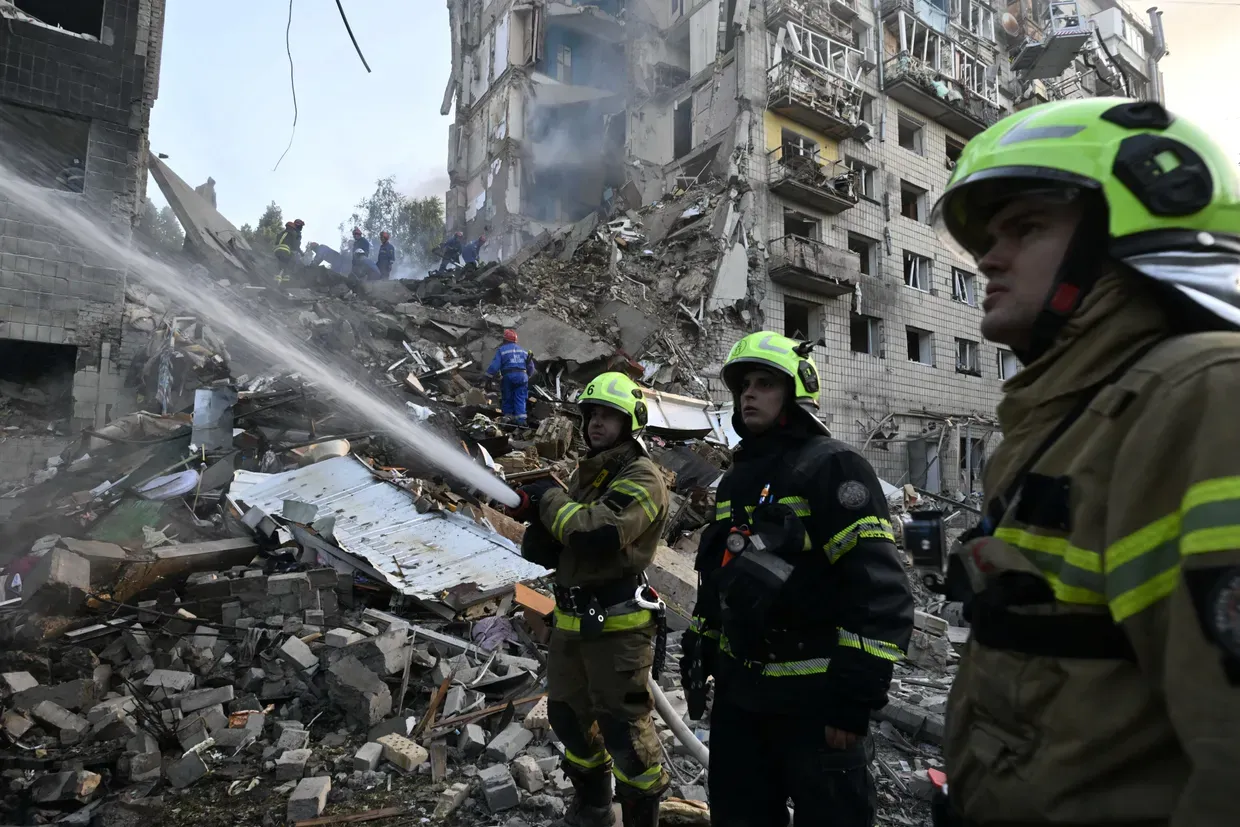
Firefighters extinguish burning parked cars next to a heavily damaged residential building following the Russian missile strike on Ukraine’s capital of Kyiv on June 17, 2025. (Genya Savilov / AFP via Getty Images) In a video posted on Telegram, Kyiv Mayor Vitali Klitschko said cluster munitions had been found in one area of the city. He later added that June 18 would be an official day of mourning in Kyiv.
Many of the deaths and injuries occurred when a Russian missile hit a nine-storey residential building in the Solomianskyi district, “completely destroying” one section, Ukraine’s State Emergency Service said.
“I saw the missile because it was low,” Olena Kushnirova, a 46-year-old nurse who lives in a neighboring building to the one that was hit, told the Kyiv Independent.
During the attack on the capital, a 62-year-old U.S. citizen died in the Solomianskyi district in a building across from where medics were assisting the injured, Klitschko reported. Medical personnel confirmed biological death.
Foreign Minister Andrii Sybiha also condemned the attack, calling it a “massive and brutal strike” timed deliberately to coincide with the G7 summit.
“Putin does this on purpose… He sends a signal of total disrespect to the United States and other partners who have called for an end to the killing,” Sybiha said. “Only strong steps and real pressure on Moscow can prove him wrong."
A Russian drone also hit a multi-storey building Darnytskyi District.
“At first there was shock,” Tatiana Bratus, a 50-year-old resident of the building, told the Kyiv Independent.
“People started running outside, shouting, some in panic, because the attack wasn’t over yet. They said there were still rockets flying. People ran to the bomb shelter.
A kindergarten in the Darnytskyi district was also damaged, Tymur Tkachenko, the head of the Kyiv City Military Administration, said. No casualties were reported at the site.
The upper floors of residential buildings in the Solomianskyi and Shevchenkivskyi districts were also damaged.
A dormitory at the Kyiv Aviation Institute was hit by drones during the attack, the news outlet Suspilne reported. Drones struck the institute’s 10th floor and broke windows on three other floors.
Outside the capital, the attacks also caused damage and injured civilians in Kyiv Oblast towns. At least one woman was injured and multiple homes were damaged, according to the regional administration.
The Russian strike damaged the production facility of Fahrenheit, a Ukrainian clothing manufacturer that supplies apparel and undergarments for both civilians and the military. The company announced it was forced to cancel all current orders and suspend new ones indefinitely following the destruction of its Kyiv site.
Russian forces also hit a Ukrainian Railways (Ukrzaliznytsia) freight train carrying grain. Several railcars overturned, temporarily halting operations and spilling grain from the damaged wagons. Ukrzaliznytsia said the damage would be "promptly repaired" and train traffic would not be affected.
Ukrposhta, Ukraine's national postal service, reported the destruction of two of its branches in Kyiv during the attack, according to CEO Ihor Smiliansky. The company's team is working to "quickly restore services," he said.
The attack followed a series of drone strikes overnight on June 16 targeting Kyiv Oblast, including both the capital and surrounding settlements. In the Obukhiv district, a 60-year-old man was injured, according to regional authorities.
Russian attacks against Ukraine have intensified in May and June, with Moscow launching several record-breaking mass strikes against Kyiv and other cities.
‘He said he wasn’t going anywhere’ — Russian strikes kill 14 in Kyiv as survivors search for missingSitting a few meters from the rubble of what used to be a nondescript nine-story residential building in Kyiv, Lilia rises to her feet every time another pile of debris is cleared from the site targeted by Russia during a mass overnight attack on June 17. “We are waiting (asThe Kyiv IndependentKateryna Denisova
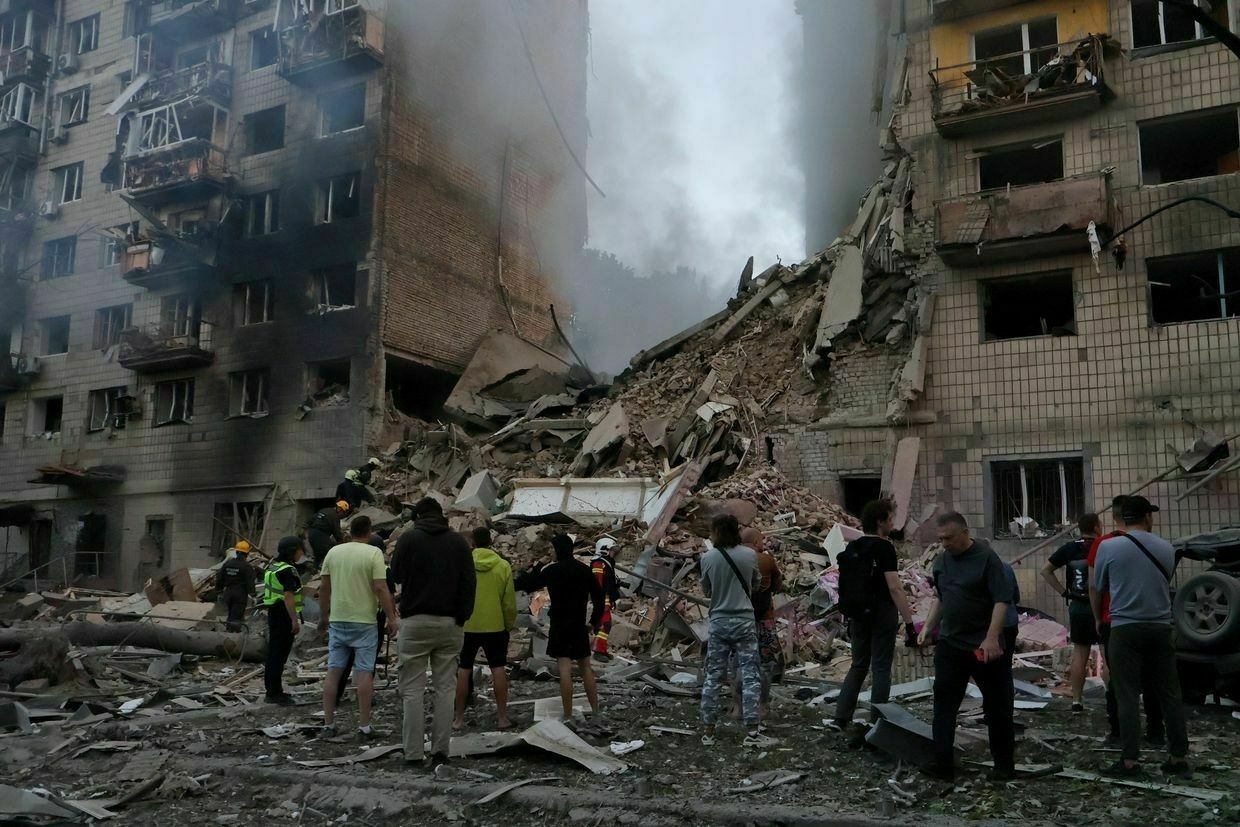
Zelensky arrives at G7 summit hours after Trump departsPresident Volodymyr Zelensky arrived at the G7 Leaders' Summit in Canada on June 17 ahead of the final day of the G7 Leaders' summit, according to a Kyiv Independent journalist on the ground.
Zelensky was greeted by Canadian Prime Minister Mark Carney in Kananaskis, Alberta, where the summit is being held.
"We need more from our allies... We are ready for peace negotiations... But for this, we need pressure," the Ukrainian president said.
The Ukrainian president was expected to meet U.S. President Donald Trump at the summit. However, it is not clear if the meeting will take place because Trump left the summit early due to escalating tensions in the Middle East.
White House spokesperson Caroline Leavitt confirmed Trump's early departure from the summit, citing the ongoing escalation between Israel and Iran.
Zelensky was to hold his third in-person meeting with Trump, which may signal the future of Trump and Zelensky's relationship, as well as offer insight into the United States' commitment to supporting Ukraine.
In February, Zelensky and Trump held their first meeting, which escalated into a heated argument, with Trump and Vice President JD Vance lambasting the Ukrainian leader over what they described as "a lack of gratitude for U.S. support."
The second meeting between Trump and Zelensky in the Vatican in April led to the U.S. president reiterating calls for a ceasefire in Ukraine and even threatening to impose sanctions on Russia.
In the month since their last in-person meeting, tensions between Trump and Zelensky have risen again. Despite issuing several threats, Trump has not followed through on implementing additional economic pressure on Moscow.
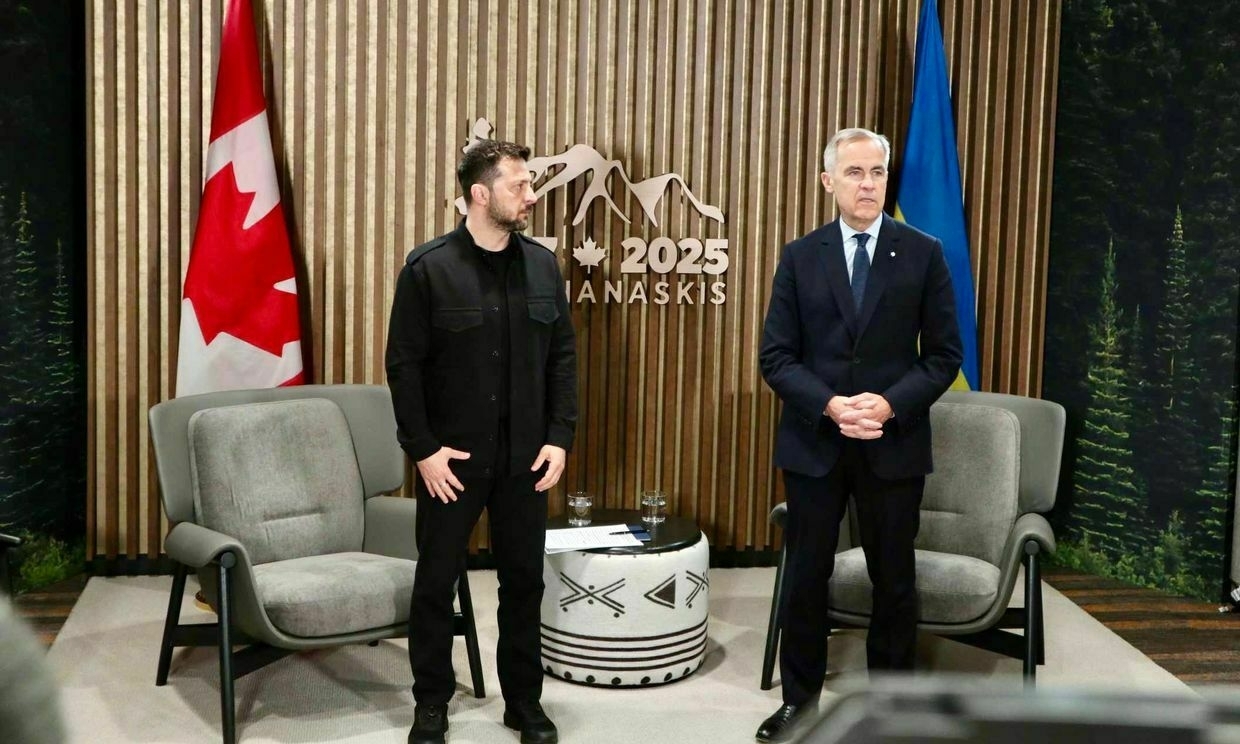
Canadian Prime Minister Mark Carney welcomes President Volodymyr Zelensky during the Group of Seven (G7) Summit in Kananaskis, Alberta, Canada on June 17, 2025. (Dmytro Basmat / The Kyiv Independent) Ahead of the summit, European leaders urged G7 nations to impose harsher sanctions on Moscow in order to secure a ceasefire in the war against Ukraine.
"To achieve peace through strength, we must put more pressure on Russia to secure a real ceasefire, to bring Russia to the negotiating table, and to end this war. Sanctions are critical to that end," European Commission President Ursula von der Leyen said on June 15 at a press briefing attended by a Kyiv Independent journalist.
Zelensky is still expected to attend the scheduled meetings with other G7 leaders.
Zelensky said in a closed-door meeting attended by the Kyiv Independent on June 13 that his priority is to speak with Trump about sanctions against Russia, peace talks, weapons purchases, and U.S.-Ukraine economic cooperation.
"There are steps forward we can take — but we need the political will of the U.S. president, if he wants," Zelensky said on June 13.
Amid increased anxiety around Trump's commitment to ending the war, U.S. Defense Secretary Pete Hegseth recently announced that the Pentagon would reduce funding allocated for military assistance to Ukraine in its 2026 defense budget.
Canada, which holds the G7 presidency in 2025, invited Zelensky to participate in summit, marking the Ukrainian president's fourth G7 meeting since the outbreak of the full-scale invasion in 2022.
Tired of military aid delays, Ukraine has designed its own ballistic missile — and it’s already in mass-productionUkraine announced on June 13 that its short-range Sapsan ballistic missile would go into mass production, a major development in Kyiv’s ongoing efforts to domestically produce the weapons it needs to fight Russia’s full-scale invasion. As Ukraine faces growing challenges in securing weapons from Western partners, and Russia continues launchingThe Kyiv IndependentYuliia Taradiuk
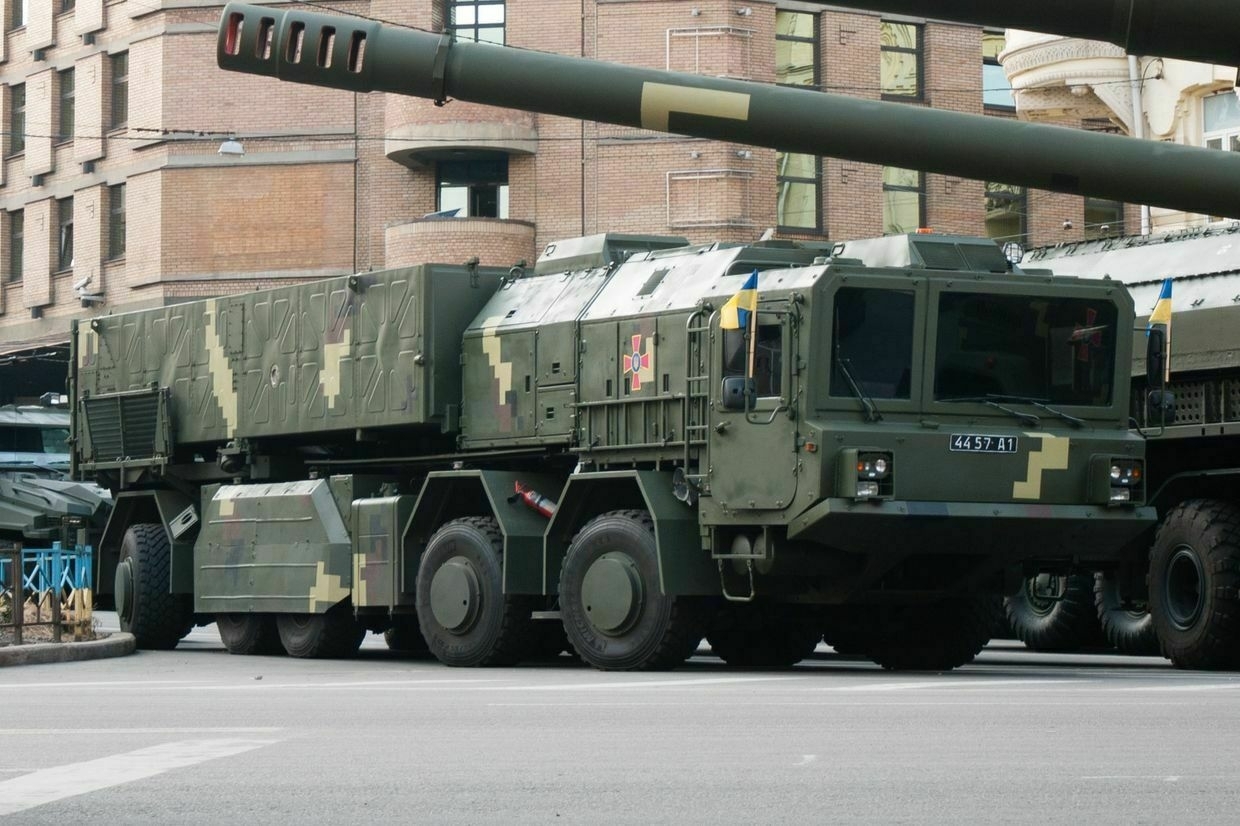
US group designed to pressure Russia disbanded by Trump administration, Reuters reportsA U.S. government working group that formulated strategies for pressuring Russia into peace talks and ending the war in Ukraine has been disbanded by the White House, Reuters reported on June 17.
Officials cited by the news outlet said it was established this spring but became increasingly irrelevant as it became clear U.S. President Donald Trump wasn't willing to apply any concrete pressure on Moscow during peace talks.
"It lost steam toward the end because the president wasn't there. Instead of doing more, maybe he wanted to do less," an anonymous official said.
As Ukraine and the U.S. continue to push for an unconditional ceasefire, Russia has maintained maximalist demands and rejected all such proposals.
At the same time, it has escalated attacks on Ukrainian civilians, killing at least 15 people and injuring scores of others in the latest attack on Kyiv overnight on June 17.
Trump has expressed frustration with Moscow's intransigence and growing violence but has yet to impose any new sanctions on Russia.
On June 1,6 while speaking in Canada ahead of a G7 summit, Trump said barring Russia from the G8 for its invasion of Ukraine in 2017 had been a "mistake."
According to Reuters, the working group, staffed by officials from the National Security Council, State Department, Treasury Department, the Pentagon and intelligence community, was decimated in a purge of personnel around three weeks ago.
Trump pledged to "stop the wars" when he was elected U.S. president for the second time, but after just five months in office, the world is a far more violent place.
As well as Russia escalating attacks on Ukraine, Israel and Iran are now locked in a conflict that further threatens stability in the Middle East.
‘Beyond cynical’ – Russian doctor carved ‘Glory to Russia’ scar on POW during operation, Ukraine saysAfter more than three years of Russia’s full-scale invasion, each new revelation of cruel treatment of Ukrainians in Russian captivity hardly surprises anyone. But when a photo recently emerged online, showing a “Glory to Russia” scar on the body of a Ukrainian prisoner of war (POW), it sent shockwavesThe Kyiv IndependentDaria Shulzhenko

US reportedly considers strikes on Iran as Trump demands 'unconditional surrender'U.S. President Donald Trump is weighing direct military action against Iran, including potential strikes on its nuclear facilities, Axios reported on June 17, citing unnamed U.S. officials.
Trump demanded Iran's "unconditional surrender" on Truth Social on June 17 and threatened Supreme Leader Ayatollah Ali Khamenei, boasting about U.S. air superiority.
The U.S. president is expected to meet with his national security team later in the day to determine the scope of involvement in the escalating conflict between Israel and Iran, according to Axios.
The meeting comes after his early departure from the G7 Leaders' Summit on June 16, where he had been scheduled to meet with President Volodymyr Zelensky the following day.
"We now have complete and total control of the skies over Iran," Trump wrote on Truth Social.
He added that "we know exactly where the so-called 'Supreme Leader' is hiding."
"He is an easy target, but is safe there - We are not going to take him out (kill!), at least not for now," Trump continued. "But we don't want missiles shot at civilians, or American soldiers. Our patience is wearing thin."
The U.S. president is increasingly leaning toward using military force to target Iran's nuclear facilities, moving away from a diplomatic resolution, CNN reported, citing two unnamed U.S. officials.
Although Trump continues to be receptive to negotiations, CNN sources indicated that any agreement would require significant concessions from Tehran.
German Chancellor Friedrich Merz said on June 17 that U.S. involvement in Israel's military campaign is under serious consideration, and a decision could be "made in the near future," Politico reported.
Merz said the decision depends on whether the Iranian regime "is prepared to return" to the negotiating table.
Israel-Iran war could provide economic boost Russia needs to continue fight against UkraineIsrael’s “preemptive” strikes against Iran targeting the country’s nuclear program and killing top military officials could have far-reaching implications for Ukraine and could boost Russia’s ability to continue its full-scale invasion, experts have told the Kyiv Independent. Iran has been one of Russia’s staunchest allies throughout the war, providing thousandsThe Kyiv IndependentChris York
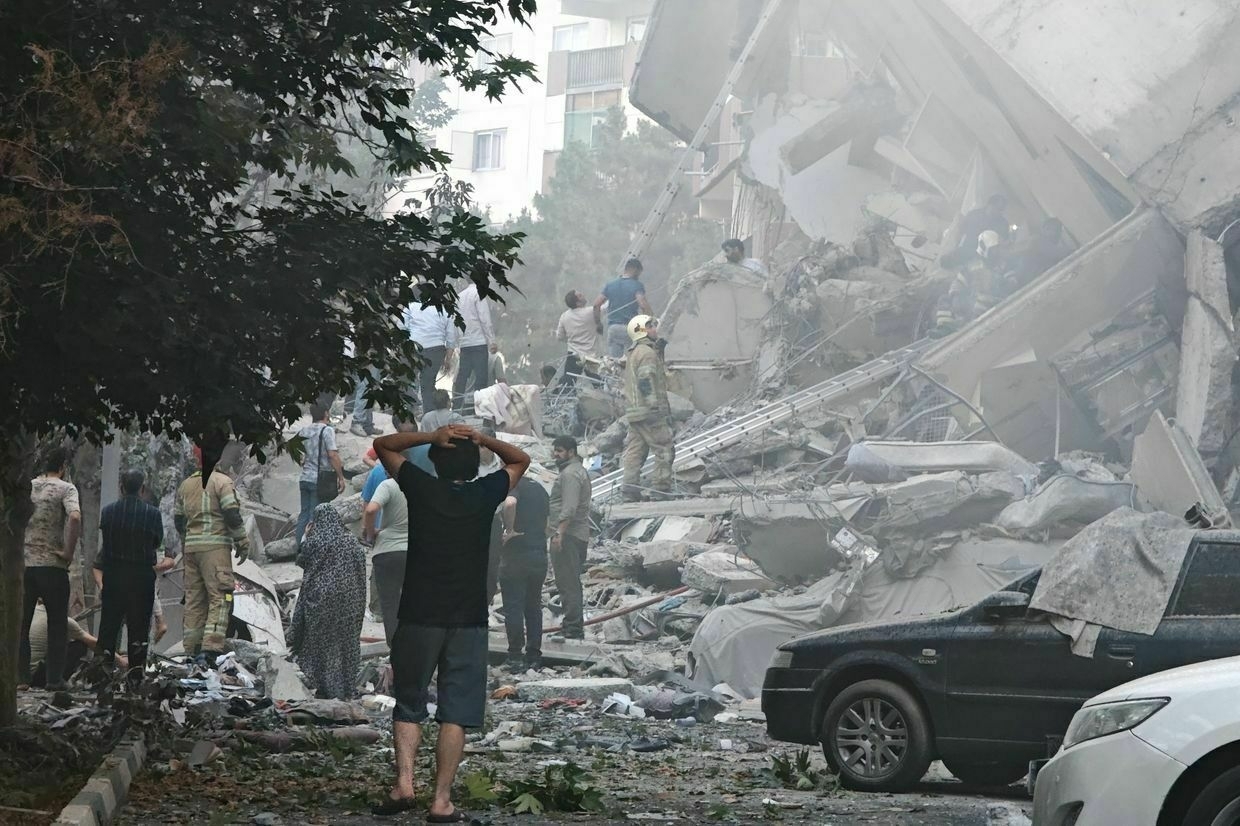
Israel launched a series of massive air strikes on Iran starting June 13, targeting nuclear facilities and senior military figures. The Israeli government claimed Tehran was nearing nuclear weapons capability.
Iran responded with missile strikes on Tel Aviv and other Israeli cities, which resulted in civilian casualties, including five Ukrainian citizens, on June 14.
Iranian officials claimed 224 people have been killed in Israeli attacks so far, most of them civilians. The figures have not been independently verified.
As tensions grow, Trump has floated the idea of Russian President Vladimir Putin serving as a mediator between Israel and Iran. Putin spoke with both Iranian President Masoud Pezeshkian and Israeli Prime Minister Benjamin Netanyahu on June 13, offering mediation and condemning Israeli strikes.
Israel has not publicly responded to Russia's proposal, but Kremlin spokesperson Dmitry Peskov said on June 17 that Tel Aviv appeared unwilling to accept Russian mediation.
French President Emmanuel Macron dismissed the suggestion entirely, saying on June 15 that Moscow, given its war in Ukraine and disregard for the UN Charter, "cannot be a mediator."
Tehran has become one of Russia's closest military partners during its war against Ukraine, supplying thousands of Shahed drones and ballistic missiles used in daily strikes on Ukrainian cities.
Israel, which has historically maintained careful relations with Russia and is home to a substantial Russian-speaking population, has not joined in Western sanctions against Moscow.
On June 13, Kyiv expressed its support for Israel, describing Iran as a "source of instability in the region and beyond," citing Tehran's extensive military cooperation with Russia.
Israel reluctant to accept Russia’s mediation in war with Iran, Kremlin says“At the moment, we see reluctance — at least on Israel’s part — to resort to mediation or pursue a peaceful resolution,” Kremlin spokesman Dmitry Peskov claimed.The Kyiv IndependentTim Zadorozhnyy
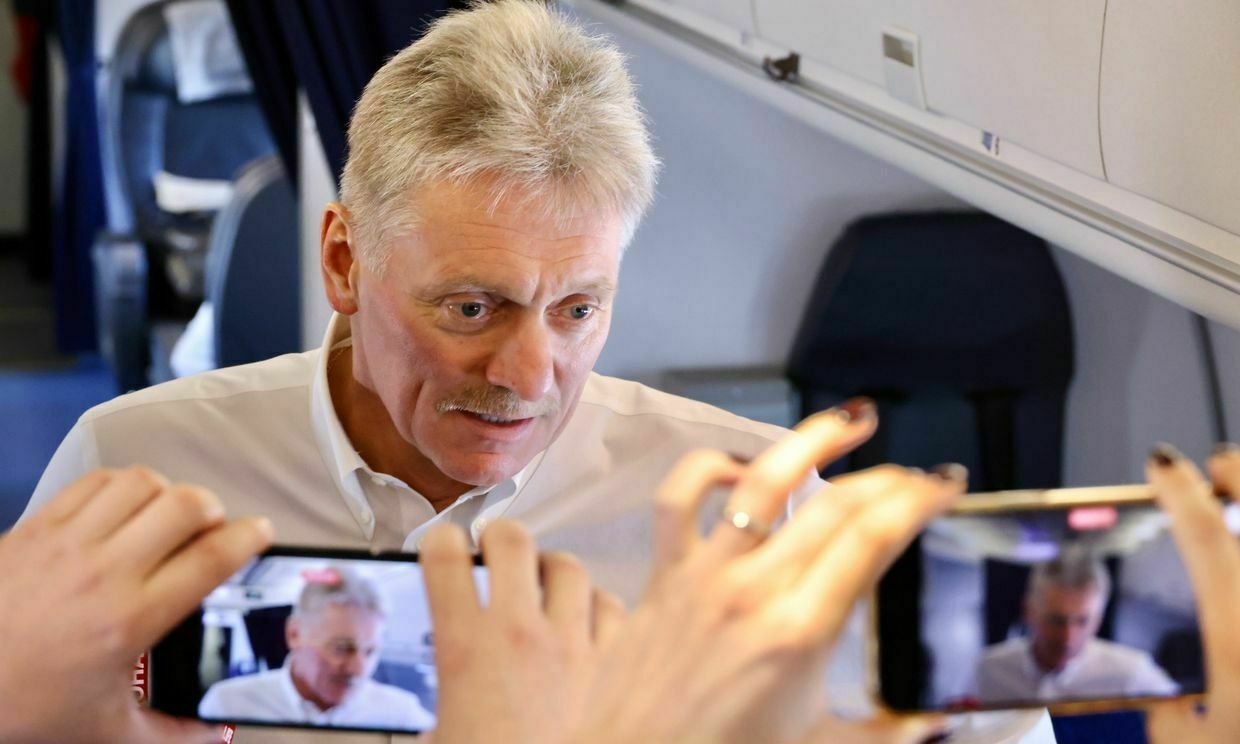
Russian chemical plant halts operations after Ukrainian drone strikeThe Nevinnomyssk Azot chemical plant — one of Russia's largest producers of nitrogen fertilizer and ammonia and a key supplier to the Kremlin's military-industrial complex — has suspended production, Russian independent media outlet Astra reported on June 16.
According to Astra, the chemical plant suspended production as a direct result of Ukrainian drone strikes. The strike — which was confirmed by Ukraine's General Staff on June 14 — targeted two major military-industrial facilities in Russia, including the Nevinnomyssk Azot plant in Stavropol Krai. The facility reportedly supplied raw materials and components for Russia's weapons and fuel production.
Nevinnomyssk Azot is among Russia's top producers of ammonia and nitrogen fertilizers and hosts the country's only production lines for methyl acetate and high-purity acetic acid. It also operates Russia's first melamine production facility, according to open-source data.
According to Andrii Kovalenko, head of Ukraine's Center for Countering Disinformation at the National Security and Defense Council, the plant produces up to one million tons of ammonia and over one million tons of ammonium nitrate annually, and is "a critical element of Russia's military-industrial complex."
Kovalenko noted that ammonium nitrate is a key component for explosives and artillery shells. He added that the plant also synthesizes dual-use chemicals such as melamine, acetic acid, methanol, and potassium nitrate — all frequently used in the production of grenade launchers, mines, and rocket charges.
Since 2024, the plant has also been producing water-soluble fertilizers, which he said have been adapted to serve military chemical needs as part of Russia's war in Ukraine.
The chemical plant is part of the EuroChem Group, owned by Russian billionaire Andrey Melnichenko, who is currently sanctioned by Canada, the European Union, Japan, and the United Kingdom.
Note from the author:
Ukraine War Latest is put together by the Kyiv Independent news desk team, who keep you informed 24 hours a day, seven days a week. If you value our work and want to ensure we have the resources to continue, join the Kyiv Independent community.
-
86th Battalion joins Da Vinci Regiment
It has recently been revealed that a transfer has taken place within the Ukrainian Armed Forces: the 86th Territorial Defense Battalion has officially joined the 1st Assault Regiment ‘Da Vinci’…
-
One of the MOST massive attacks: Zelenskyy commented on the night attack on Ukraine #shorts
-
US reportedly considers strikes on Iran as Trump demands 'unconditional surrender'
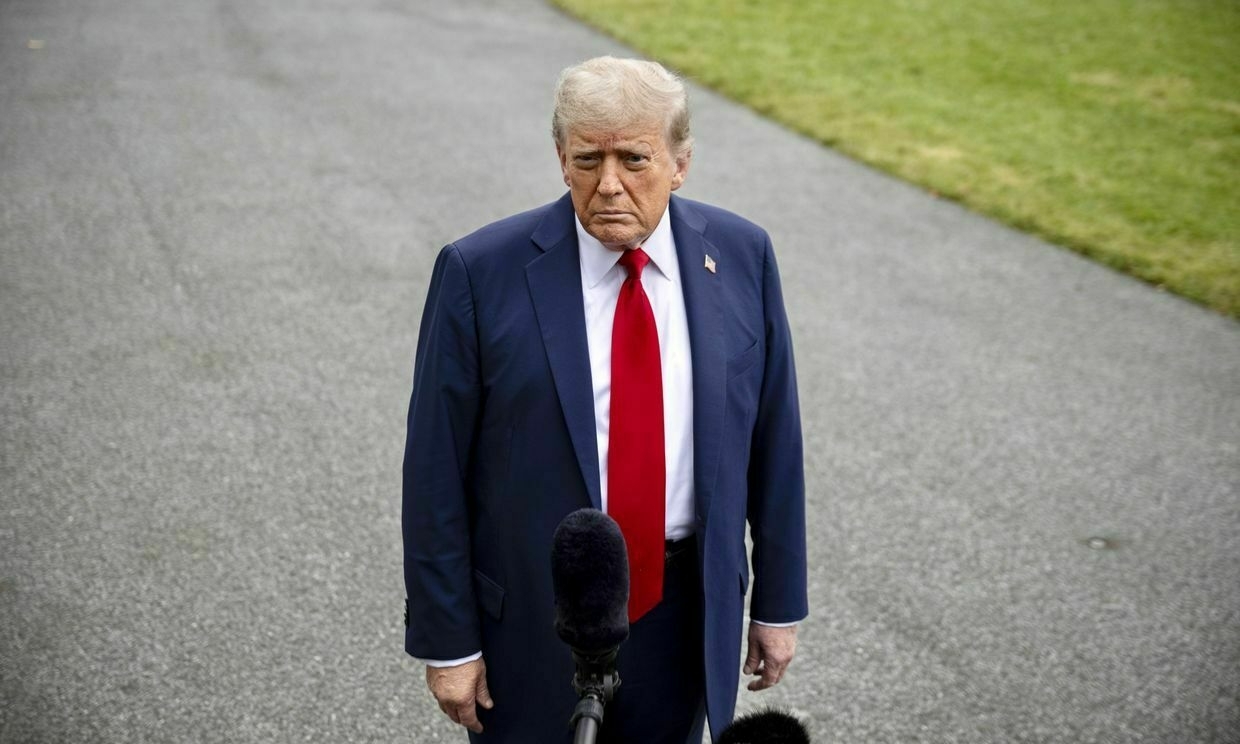
U.S. President Donald Trump is weighing direct military action against Iran, including potential strikes on its nuclear facilities, Axios reported on June 17, citing unnamed U.S. officials.
Trump demanded Iran’s “unconditional surrender” on Truth Social on June 17 and threatened Supreme Leader Ayatollah Ali Khamenei, boasting about U.S. air superiority.
Trump is expected to meet with his national security team later in the day to determine the scope of U.S. involvement in the escalating conflict between Israel and Iran, according to Axios.
The meeting comes after his early departure from the G7 Leaders' Summit on June 16, where he had been scheduled to meet with President Volodymyr Zelensky the following day.
“We now have complete and total control of the skies over Iran,” Trump wrote on Truth Social.
He added that “we know exactly where the so-called ‘Supreme Leader’ is hiding."
“He is an easy target, but is safe there - We are not going to take him out (kill!), at least not for now,” Trump continued. “But we don’t want missiles shot at civilians, or American soldiers. Our patience is wearing thin."
German Chancellor Friedrich Merz said on June 17 that U.S. involvement in Israel’s military campaign is under serious consideration, and a decision could be “made in the near future,” Politico reported.
Merz said the decision depends on whether the Iranian regime “is prepared to return” to the negotiating table.
Israel launched a series of massive air strikes on Iran starting June 13, targeting nuclear facilities and senior military figures. The Israeli government claimed Tehran was nearing nuclear weapons capability.
Iran responded with missile strikes on Tel Aviv and other Israeli cities, which resulted in civilian casualties, including five Ukrainian citizens on June 14.
Iranian officials claimed 224 people have been killed in Israeli attacks so far, most of them civilians. The figures have not been independently verified.
As tensions grow, Trump has floated the idea of Russian President Vladimir Putin serving as a mediator between Israel and Iran. Putin spoke with both Iranian President Masoud Pezeshkian and Israeli Prime Minister Benjamin Netanyahu on June 13, offering mediation and condemning Israeli strikes.
Israel has not publicly responded to Russia's proposal, but Kremlin spokesperson Dmitry Peskov said on June 17 that Tel Aviv appeared unwilling to accept Russian mediation.
French President Emmanuel Macron dismissed the suggestion entirely, saying on June 15 that Moscow, given its war in Ukraine and disregard for the UN Charter, "cannot be a mediator."
Tehran has become one of Russia's closest military partners during its war against Ukraine, supplying thousands of Shahed drones and ballistic missiles used in daily strikes on Ukrainian cities.
Israel, which has historically maintained careful relations with Russia and is home to a substantial Russian-speaking population, has not joined in Western sanctions against Moscow.
On June 13, Kyiv expressed its support for Israel, describing Iran as a "source of instability in the region and beyond," citing Tehran's extensive military cooperation with Russia.
Zelensky arrives at G7 summit hours after Trump departsZelensky was expected to meet U.S. President Donald Trump at the summit. However, it is not clear if the meeting will take place because Trump left the summit early due to escalating tensions in the Middle East.The Kyiv IndependentDmytro Basmat
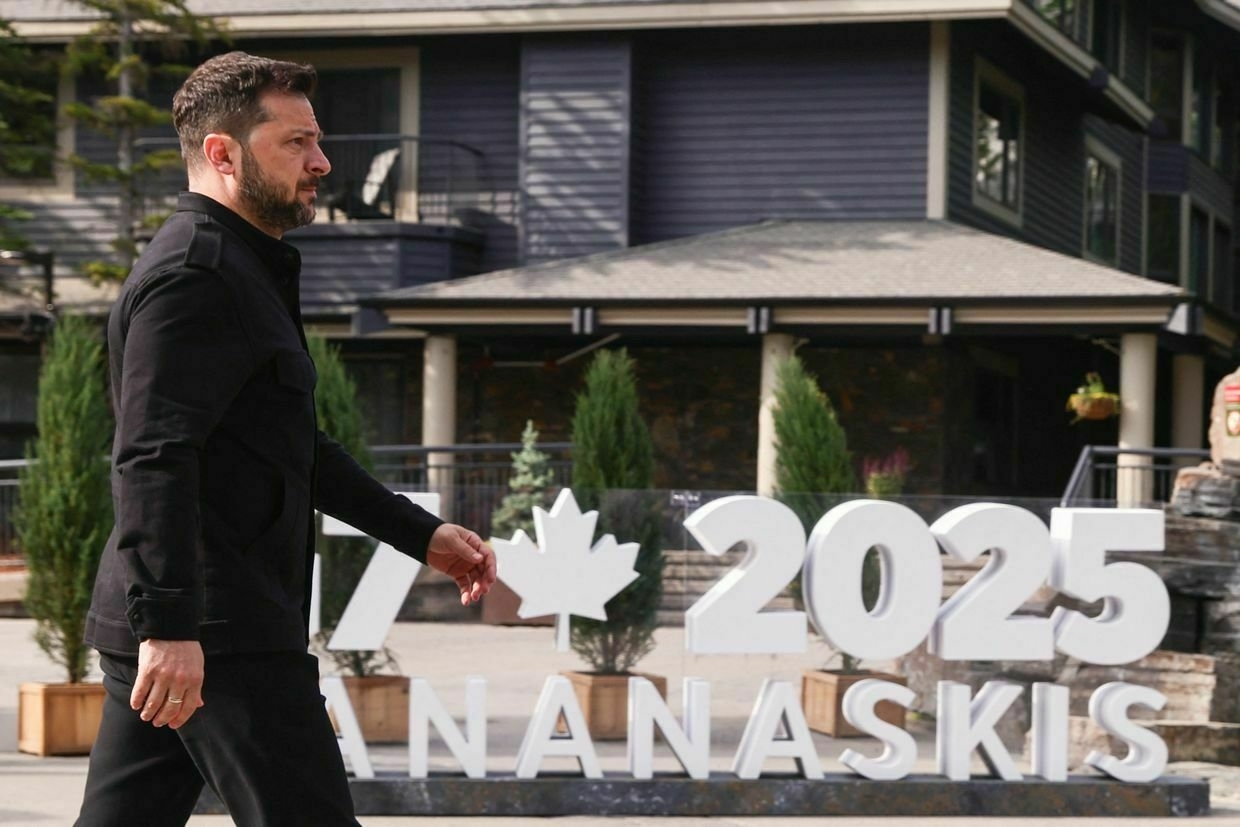
-
‘He said he wasn’t going anywhere’ — Russian strikes kill 14 in Kyiv as survivors search for missing
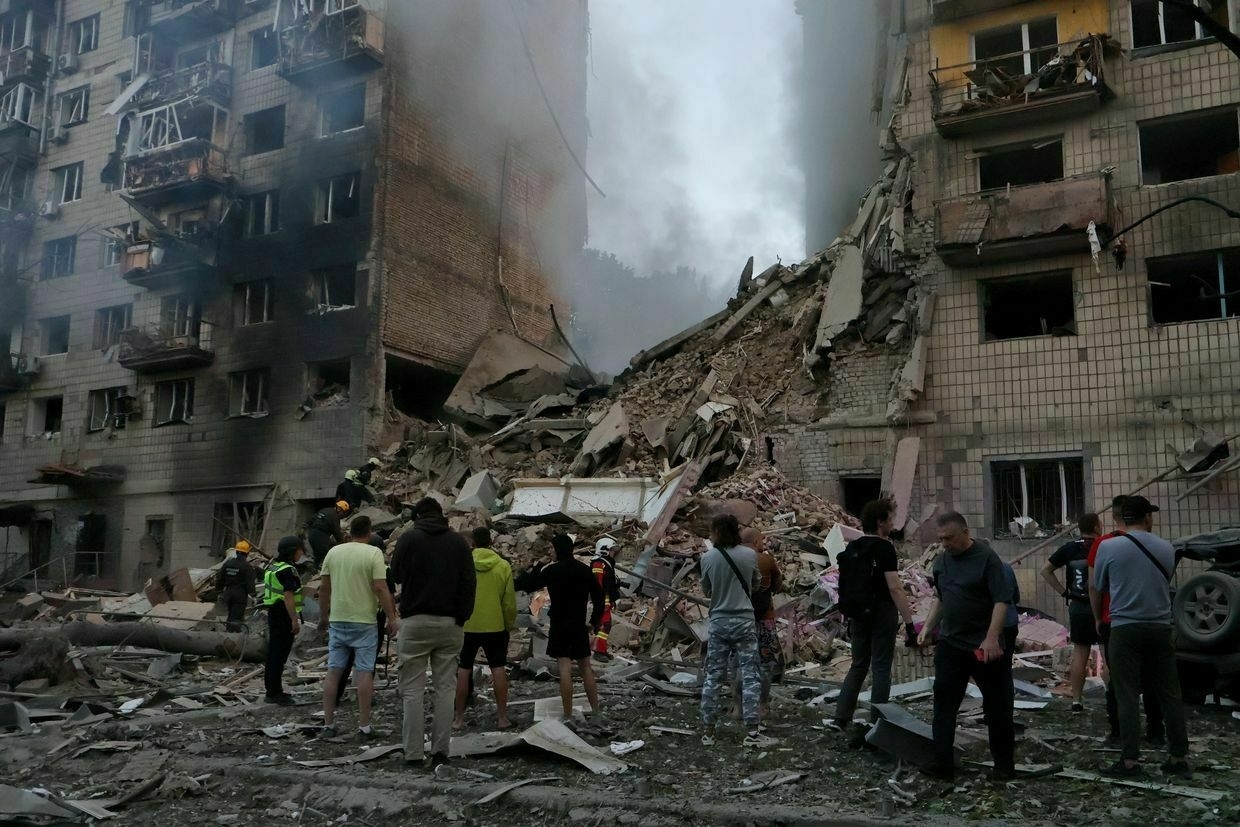
Sitting a few meters from the rubble of what used to be a nondescript nine-story residential building in Kyiv, Lilia rises to her feet every time another pile of debris is cleared from the site targeted by Russia during a mass overnight attack on June 17.
“We are waiting (as everyone) for the same thing,” says Victoria Smirnova, 37, Lilia’s mother-in-law, seated nearby. “The father was there."
The man’s third-floor apartment and the entire section of the building in the capital’s Solomianskyi district had completely collapsed.
“She (Lilia) ran to him after the first wave of drone attacks,” Smirnova told the Kyiv Independent. “He was cleaning up broken glass. The windows in the kitchen and on the balcony were shattered. He told her, ‘I’ll be home, there’s so much to do. I’ll stay in the corridor. I’m not going anywhere.'"
Minutes after Lilia left, a Russian cruise missile struck the building.The two women are among many waiting near the site, desperate for news about family members and acquaintances still missing in the aftermath of the overnight strike, the deadliest attack on Kyiv since the start of the year.
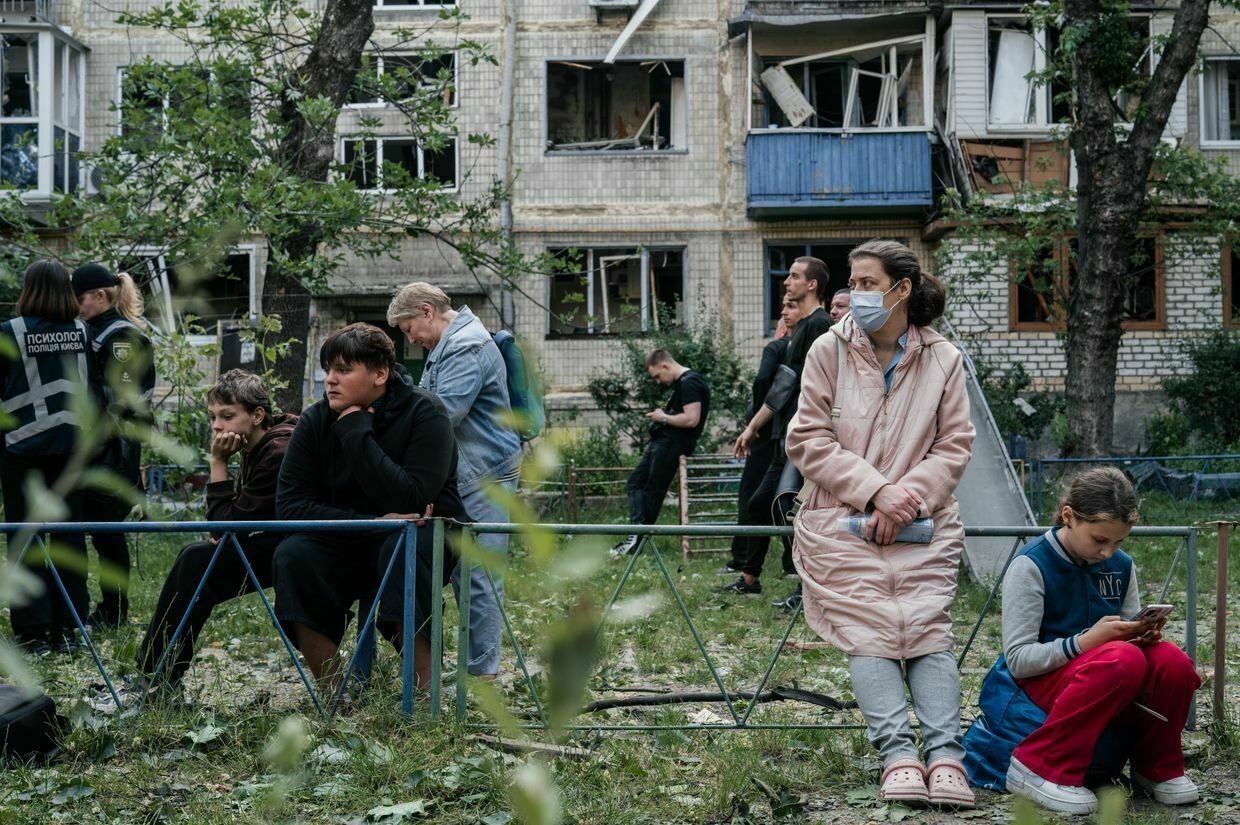
Residents evacuate a damaged apartment building after a Russian drone and missile attack in Kyiv, Ukraine, on June 17, 2025. (Vlada Liberova / Libkos / Getty Images) 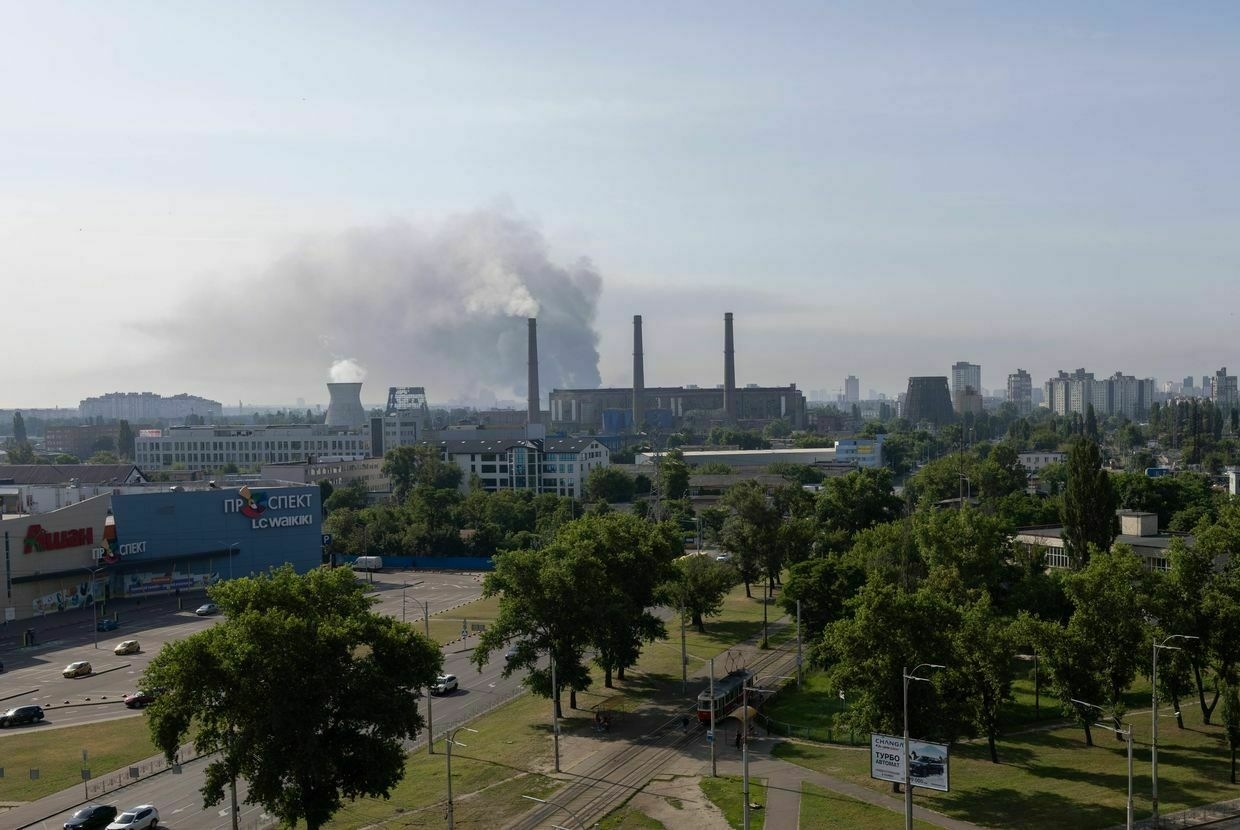
Smoke rises over Kyiv, Ukraine, after a combined Russian drone and missile attack on June 17, 2025. (Anna Donets / The Kyiv Independent) At least 14 people were killed in the capital, and 117 others were injured, according to officials. Two more people were killed in a Russian overnight attack on the southern city of Odesa.
Ukraine’s Air Force said Russia launched 472 aerial weapons overnight, including nearly 280 Shahed-type drones and 32 missiles. The strikes were primarily aimed at Kyiv.
Air defense forces intercepted 428 of those targets, including 239 Shahed drones, one Kinzhal ballistic missile, and 23 cruise missiles.
Mayor Vitali Klitschko also reported that Russian forces used cluster munitions during the attack.
Witnesses said the attack came in several waves — first drones, then missiles, then drones again. After the initial barrage, a lull in the strikes prompted some residents to leave their shelters.
Among them were Halyna Kushnirova, 72, and her son. They had just stepped outside when fresh explosions rocked the district. This time, they took cover in an underground passageway near their home.
"I'm in shock. I still can't fully grasp that this actually happened. I mean, I see it, but I can't process it.”
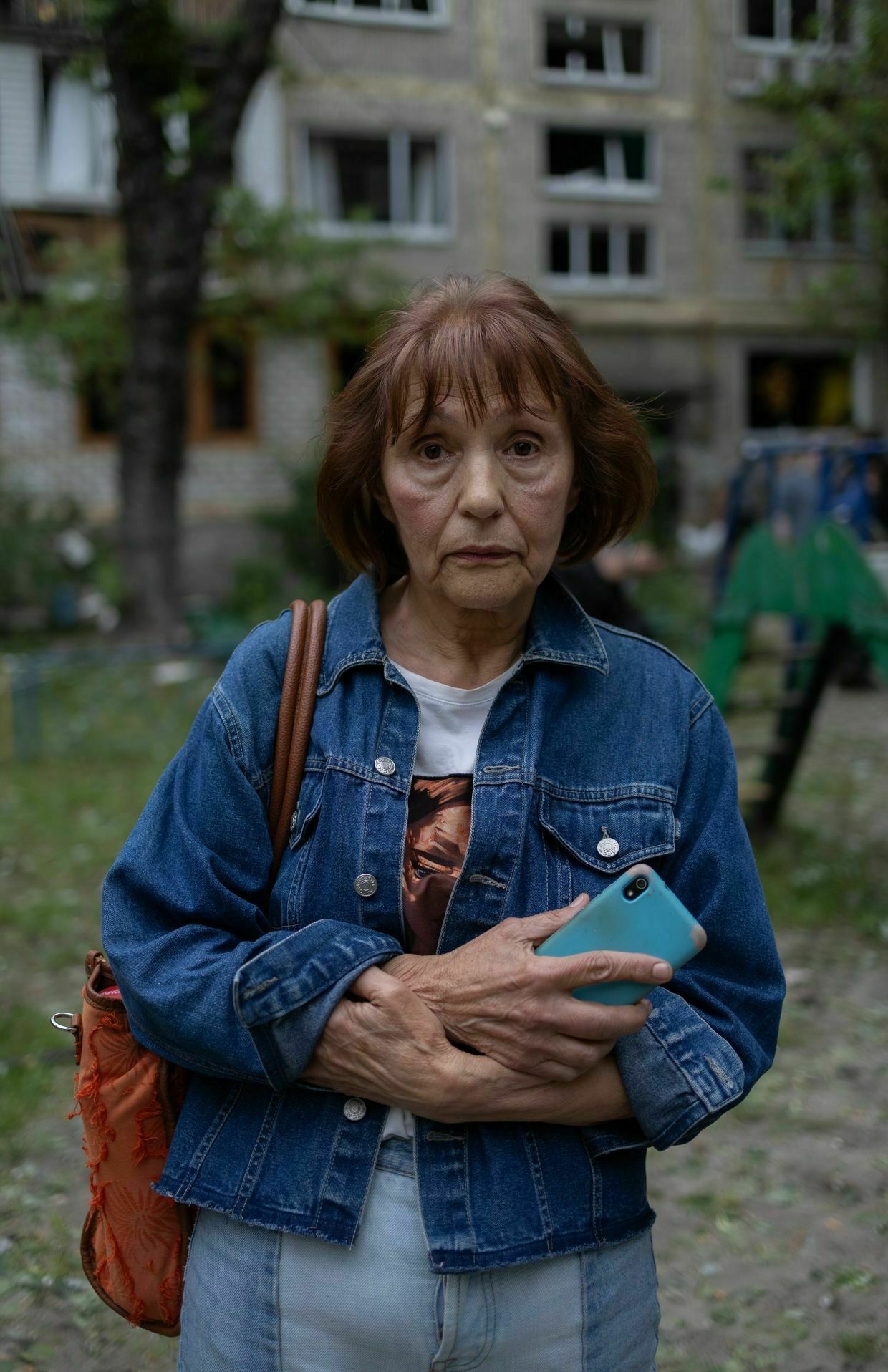
Halyna Kushnirova, 72, a retiree who lives in the house struck by a Russian missile, stands outside the damaged building in Kyiv, Ukraine, on June 17, 2025. (Anna Donets / The Kyiv Independent)
"Then there was this terrible whistling. It was horrible. Three missiles — with such a noise that my ears were ringing," Kushnirova said. "The explosion was so strong that dust, smoke, and sparks filled the passageway."
"I said immediately: it's our building (that was hit)."
She said her apartment, located in a neighboring section of the building, was heavily damaged.
The attack left a trail of destruction across Kyiv, damaging multiple residential buildings in several districts, along with critical infrastructure, a kindergarten, a student dormitory, and cars.
Russia launched its latest strike as the G7 summit was underway in Canada. On the day of the attack, President Volodymyr Zelensky was expected to meet with his U.S. counterpart, Donald Trump. However, the American president left the summit a day before the meeting.
Trump has declined to comment on the attack and refrained from criticizing the Russian regime.
"I'm in shock. I still can't fully grasp that this actually happened. I mean, I see it, but I can't process it," Kushnirova said. "I wish Trump were here next to me to see what his buddy (Russian President Vladimir) Putin is doing."
‘A brutal strike’ — Massive Russian missile and drone attack hits Kyiv, killing 10, injuring at least 124Russian drones and ballistic missiles targeted the capital overnight, killing 15 people and injuring at least 114, local authorities reported. Damage to civilian infrastructure has also been reported throughout the city.The Kyiv IndependentOlena Goncharova
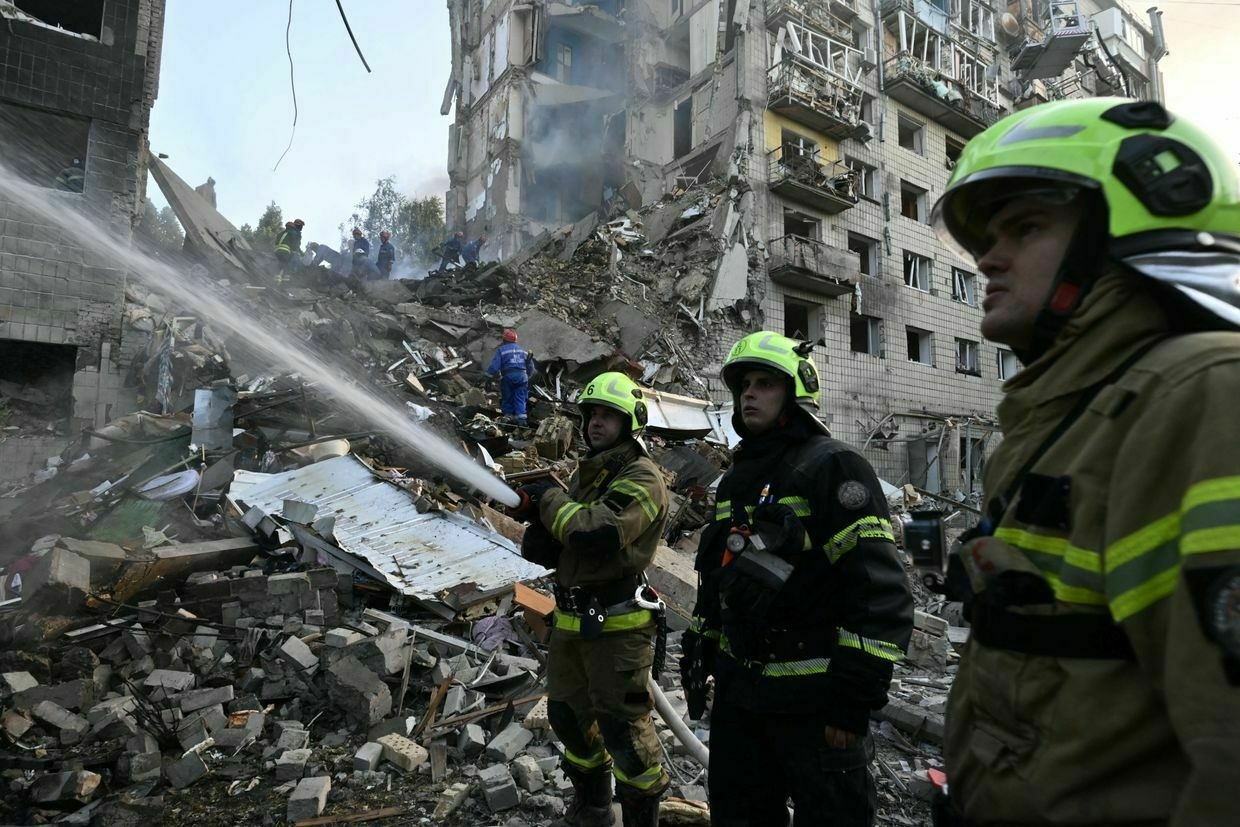
Escaping the worstOn the opposite side of the city, residents of Kyiv's left bank Darnytskyi district were also wrestling with the aftermath of the Russian attack.
Around 5 a.m., a Russian drone slammed into one of the high-rise apartment buildings. The strike left several people wounded, destroying an outer wall and rooms in several apartments and shattering windows throughout the neighborhood.
"My children were already in the bathroom. (My wife and I) were in the corridor. We heard the Shahed's descent, then the hit," said Ivan Serebrianskyi, 42, an entrepreneur who lives in the damaged building.
"The windows were shattered, and smoke covered the place. We went outside and checked that everyone in the family was alive and well. It's the main thing," he told the Kyiv Independent outside his entrance as the residents cleared up the driveway.
Serebrianskyi added that after the overnight attack, he wants his four and 13-year-old daughters to move abroad "within a few days."
"The worst part is that we can't plan at all for when it might end," Serebrianskyi said.
"Perhaps there will be a world leader other than our president who will be able to take a serious stance with this crazy neighbor of ours."
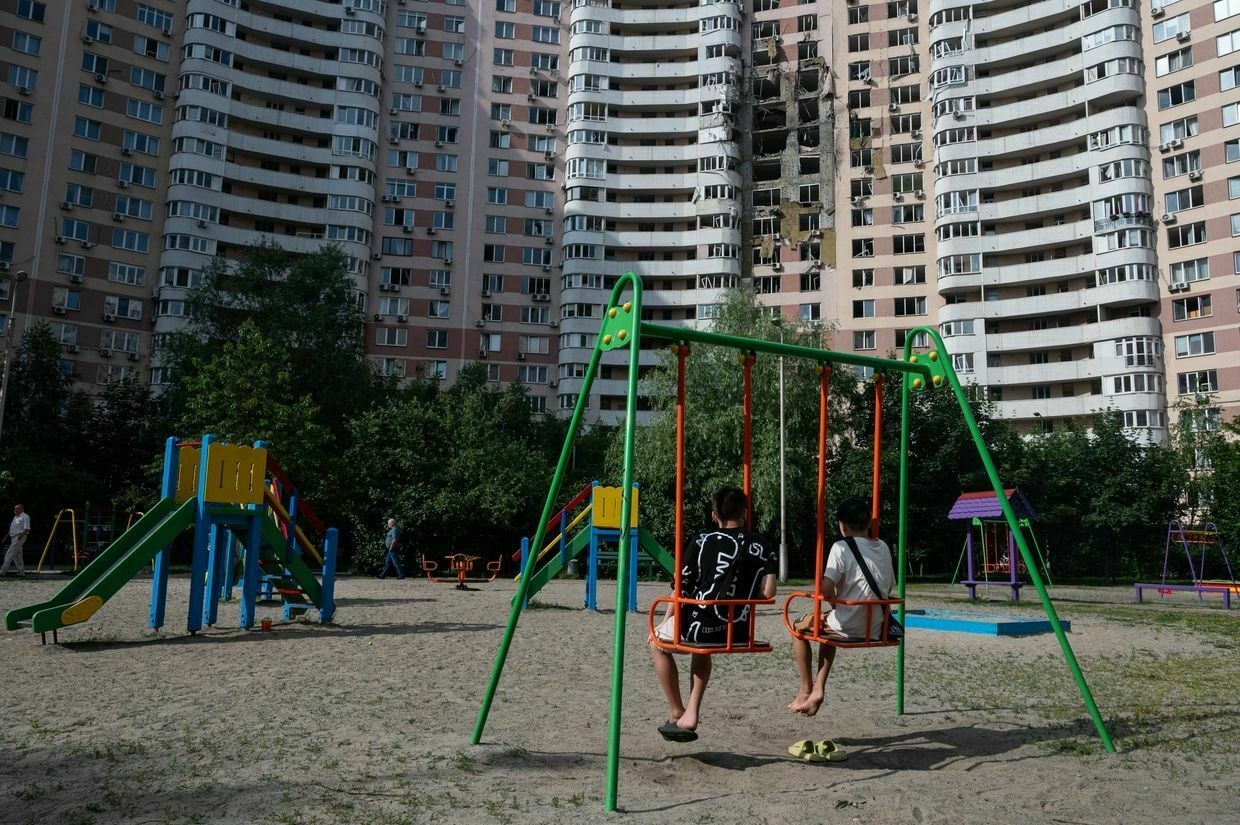
Children play near a residential building damaged by a Russian attack in Kyiv, Ukraine, on June 17, 2025. (Danylo Antoniuk / Anadolu via Getty Images) 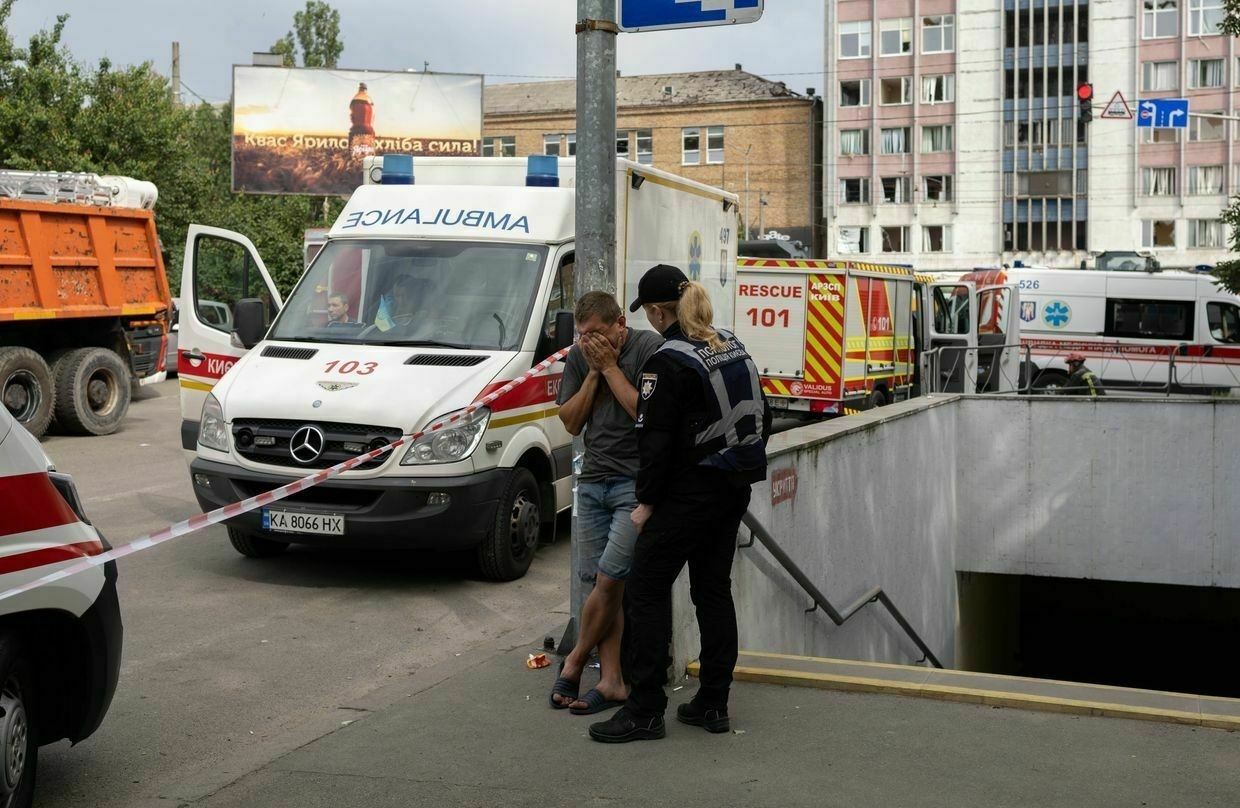
A man cries near the house that was struck by a Russian missile in Kyiv, Ukraine, on June 17, 2025. (Anna Donets / The Kyiv Independent) Serebrianskyi added that he was amazed at Trump's meek position in the peace talks with Russia.
"I run a small business myself, but I can say 100% that not everything in business can be solved by negotiation. Sometimes you need radical changes," he said.
Having escaped the worst, some residents of the Darnytskyi district started clearing up the debris almost immediately after the impact.
"Literally half an hour (after the attack), we started clearing up our entrance. Shattered common doors, window frames, glass," said Tatiana Bratus, 50, a building resident whose car was damaged in the attack.
In the late afternoon, Bratus and other residents who worked to clear the aftermath of the strike were joined by unlikely volunteers.
Around a dozen kids from nearby houses were sweeping up glass and litter off the sidewalk in front of the building, having procured brooms and scoops from the neighbors.
When asked by the Kyiv Independent's reporters why the children were cleaning up, one of the boys in the group responded: "Because it must be done."
Natalia, 28, a resident of a nearby building who declined to share her last name, said that she came to help with her friend's children, aged 10 and 12. The children volunteered to help after they read in the local volunteer group about the need for helpers at the location.
"The rest were just a group of kids playing around," Natalia said. "They approached us and said they wanted to help. We were not banned from it, so it seems safe here."
"No one forced them," Natalia added. "The nation is growing up strong. They are not going to look past the troubles of others."
‘Beyond cynical’ – Russian doctor carved ‘Glory to Russia’ scar on POW during operation, Ukraine saysAfter more than three years of Russia’s full-scale invasion, each new revelation of cruel treatment of Ukrainians in Russian captivity hardly surprises anyone. But when a photo recently emerged online, showing a “Glory to Russia” scar on the body of a Ukrainian prisoner of war (POW), it sent shockwavesThe Kyiv IndependentDaria Shulzhenko

-
20 people injured in Kherson as Russia shifts drone attack tactics, governor says
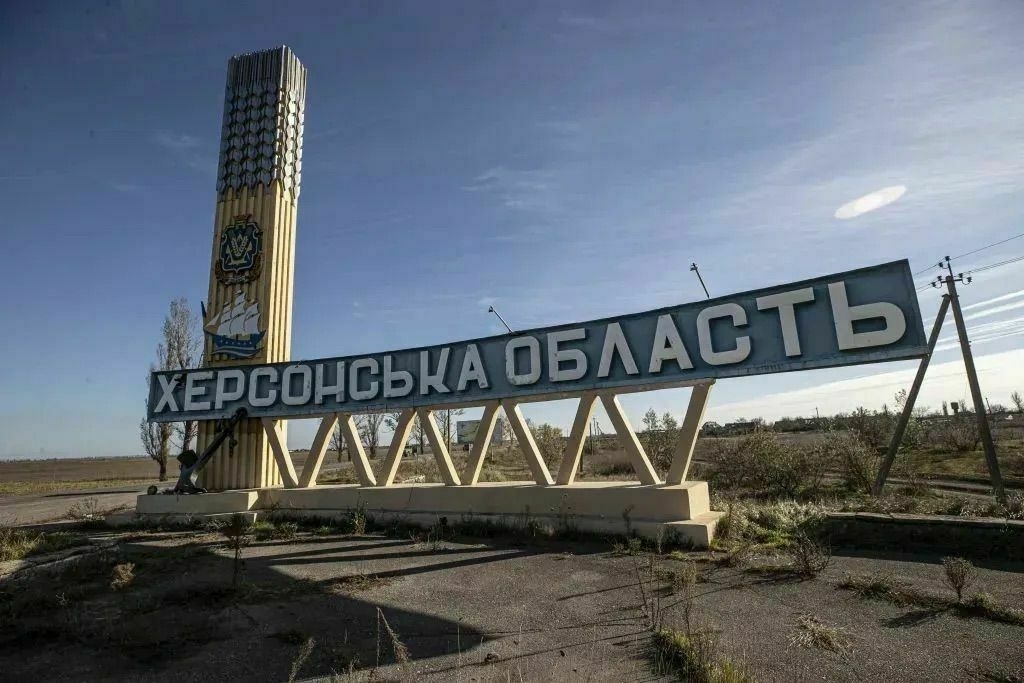
Russian drone attacks injured at least 20 civilians in the Dniprovskyi district of Kherson on June 17, according to local authorities.
“The Russians have changed their tactics for using drones — since early morning, they have been launching massive attacks on the Dniprovskyi district of Kherson,” Kherson Oblast Governor Oleksandr Prokudin wrote on Telegram.
The attacks left several people hospitalized with blast trauma and shrapnel wounds.
A 36-year-old man sustained injuries to the head and chest. A 51-year-old woman was treated for a concussion and facial wounds. Four other victims, including two women aged 60 and 67, were hospitalized with injuries to the torso and limbs.
Among those treated on an outpatient basis was a 41-year-old man wounded in the leg and a 58-year old woman who suffered injuries to the torso. Additional outpatient cases include women aged 84, 50, and 62, and a 58-year-old man, who was also admitted for hospital care.
“We are taking all necessary measures to counter enemy drones and adapting to the enemy’s new tactics. This takes time,” Prokudin said, urging residents to stay indoors unless absolutely necessary.
Kherson, located on the western bank of the Dnipro River in southern Ukraine, has faced relentless Russian attacks since its liberation in November 2022.
Russian forces continue to occupy the eastern bank, from which they launch attacks on civilian targets using artillery, guided bombs, and drones.
‘A brutal strike’ — Massive Russian missile and drone attack hits Kyiv, killing 10, injuring at least 124Russian drones and ballistic missiles targeted the capital overnight, killing 15 people and injuring at least 114, local authorities reported. Damage to civilian infrastructure has also been reported throughout the city.The Kyiv IndependentOlena Goncharova
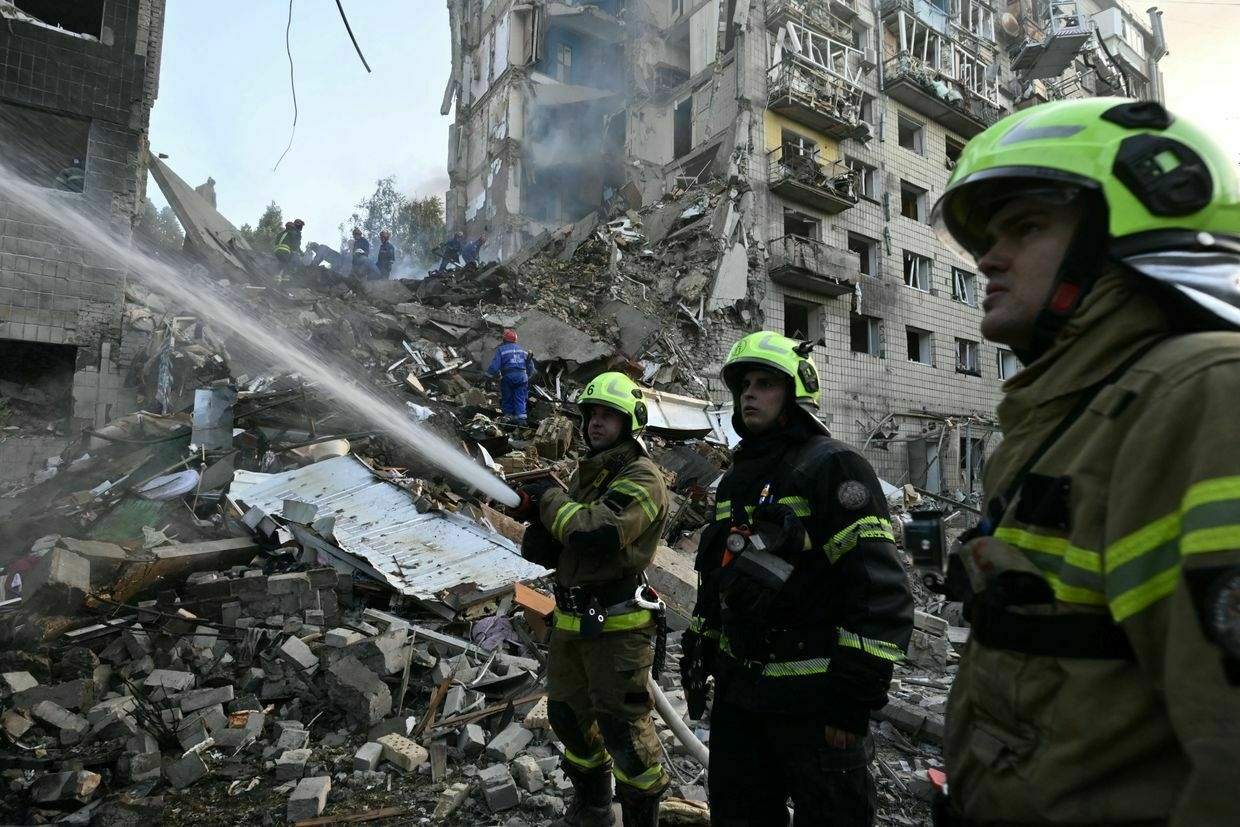
-
Ukraine is mass-producing its own ballistic missile — here’s how it can be used to strike Russia
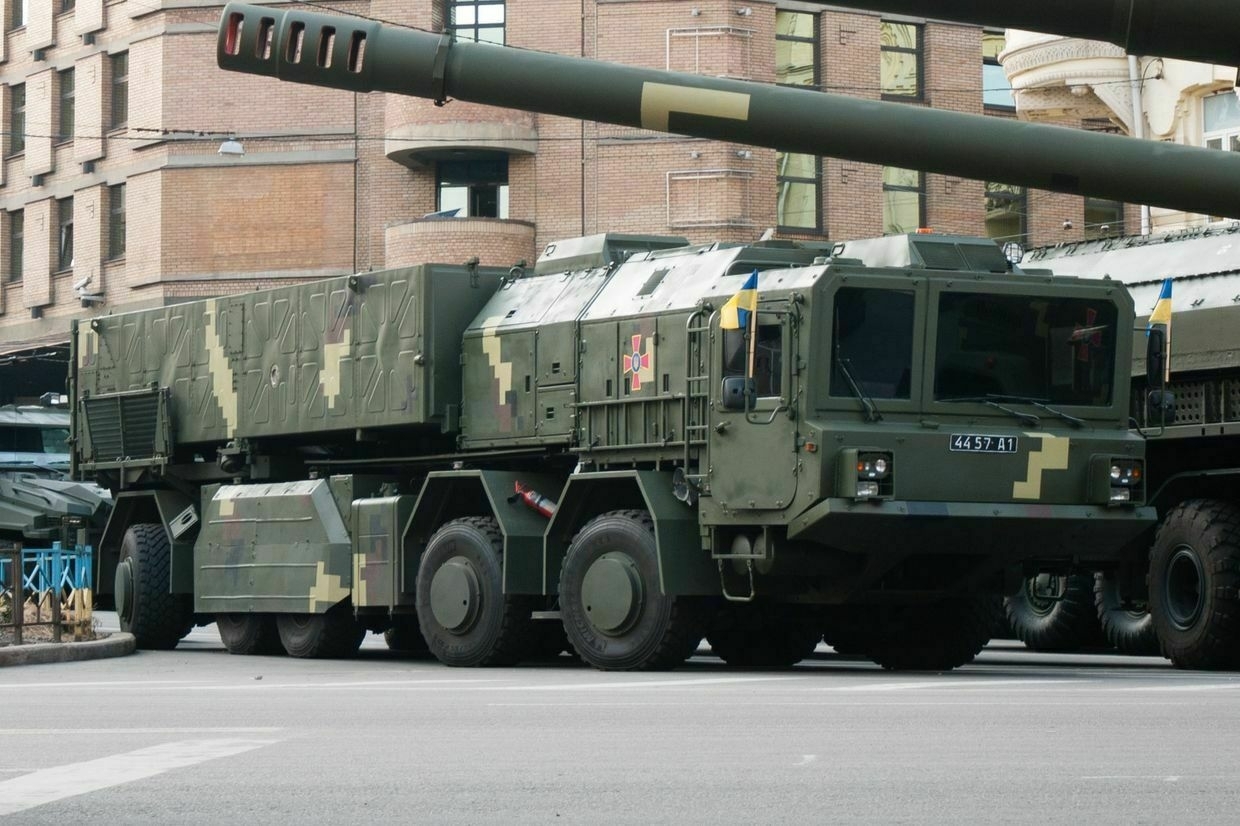
Ukraine announced on June 13 that it’s short-range Sapsan ballistic missile would go into mass production, a major development in Kyiv’s ongoing efforts to domestically produce the weapons it needs to fight Russia’s full-scale invasion.
As Ukraine faces growing challenges in securing weapons from Western partners, and Russia continues launching drone and missile strikes on civilians, the development of Ukraine’s missile production is seen as a critical step toward strengthening its defense capabilities.
“The very emergence of domestic ballistic missiles is a bold political statement — a big, fat middle finger to the Kremlin’s claims that Ukraine must be demilitarized,” Defense Express military expert, Ivan Kyrychevsky, told the Kyiv Independent.
What is a ballisitic missile?Unlike cruise missiles which are jet engine powered and fly in a relatively flat trajectory, ballistic missiles are rocket-powered and launched high into the atmosphere before arcing back down onto their target.
They’re only guided during the initial stages of launch, so they can be less accurate than cruise missiles, but have the advantage of reaching incredibly high speeds — sometimes more than 3,200 kilometers per hour — as they approach their targets.
“There are no red lines of escalation if the Russians themselves are striking with ballistic missiles directly and continuously at residential buildings.”
As such, they are more difficult to intercept — only the most advanced air defense systems are capable of shooting them down, the U.S.-made Patriot system being one of them.
Russia uses them to devastating effect in Ukraine — during the latest mass attack on Kyiv on June 17, at least 10 people were killed and scores more injured, many of them when a ballistic missile partially destroyed a residential building.
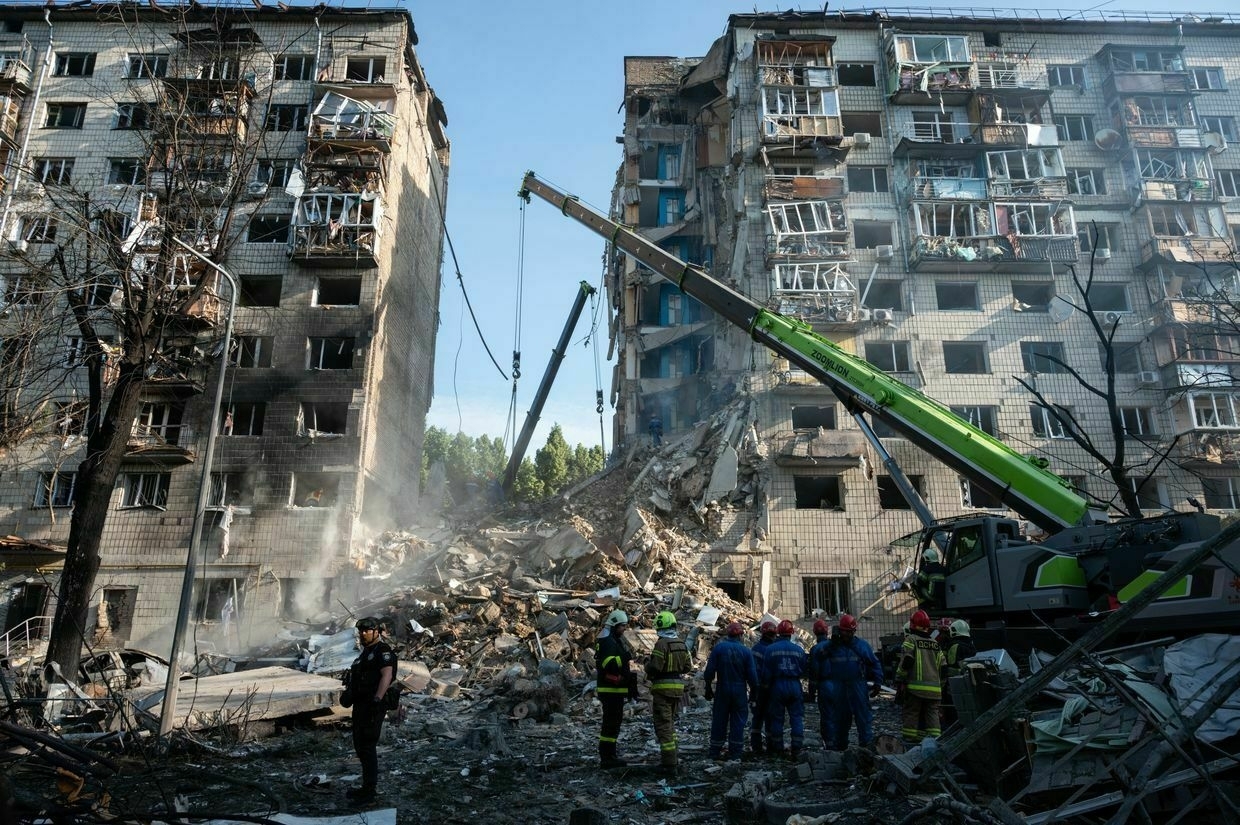
People walk near a residential building damaged by a Russian attack in Kyiv, Ukraine, on June 17, 2025. (Danylo Antoniuk / Anadolu / Getty Images) 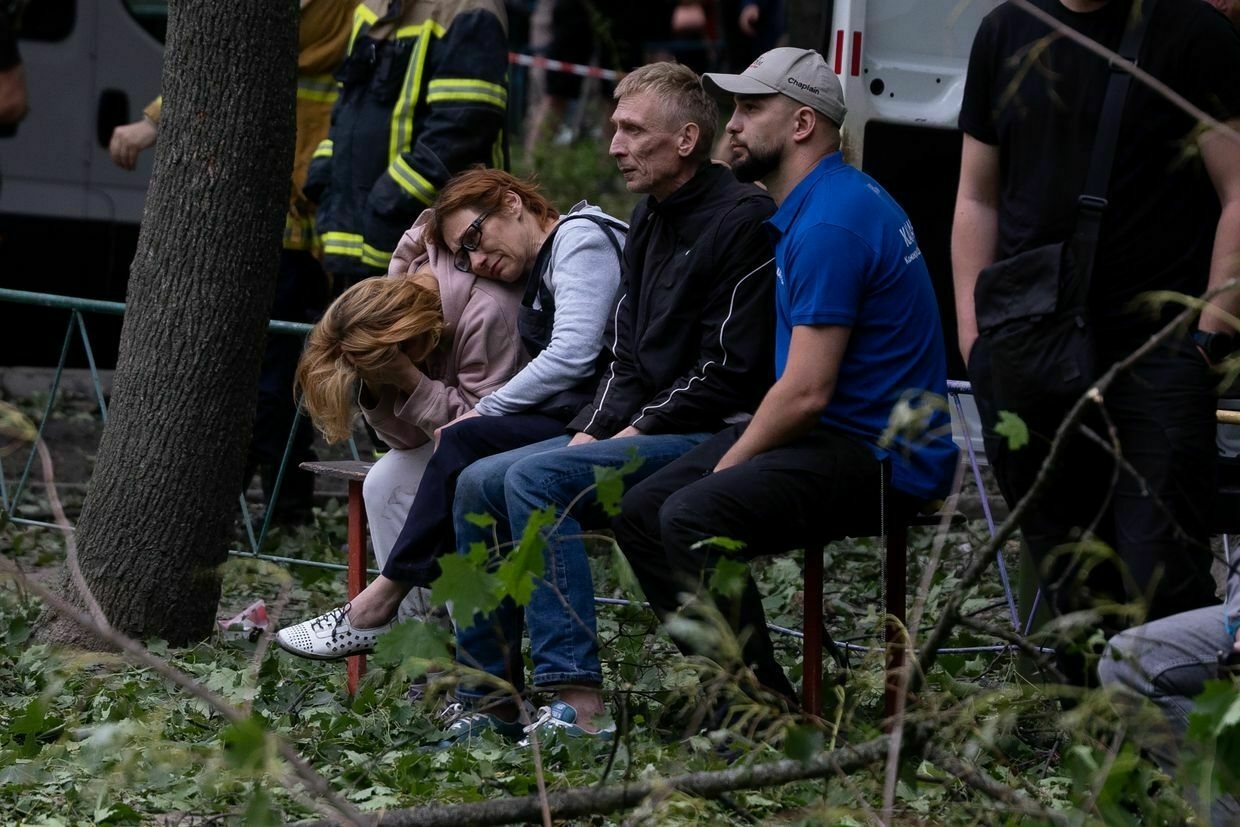
Parents wait as rescuers search for their missing son in the rubble of a collapsed building after a Russian attack in Kyiv, Ukraine, on June 17, 2025. (Oleksandr Magula / Suspilne Ukraine / JSC “UA:PBC” / Global Images Ukraine via Getty Images) What do we know about the Sapsan ballistic missile?The latest development is that it has successfully completed combat testing and is in the process of serial production, but it is not known when the missiles will be seen in regular use on the battlefield.
The missile completed testing in May after successfully striking a Russian military target at a range of nearly 300 km, Valentyn Badrak, head of the independent Ukrainian think tank, the Center for Army, Conversion and Disarmament Studies, told Liga.net.
"We will have to make ballistic missiles because there is nowhere else to get them."
Kyrychevsky said that the exact technical specifications of Sapsan are not clear, as revealing this information would play into Russia's hands, though he believes the missile can reach further than 300 kilometers.
The missile’s payload appears to be particularly significant, with reports indicating a warhead weight of over 480 kilograms.
Federico Borsari, a Resident Fellow with the Transatlantic Defense and Security Program at the Center for European Policy Analysis (CEPA), told the Kyiv Independent that "it is a very big warhead, which means that Ukraine is prioritizing strike power over range."

Hrim-2 tactical missile mockup on display in Ukraine in an undated photo. (VoidWanderer / Wikimedia) In terms of targets, such a large warhead should make it effective against pretty much anything within its range.
"There’s always a trade-off in missile design. The heavier the warhead, the shorter the range. Ukraine wants to have a very powerful strike weapon to destroy any targets on Russian territory but within 300—500 kilometers," he said.
Ahead of the rest of Europe"Ukraine is the first European country since the Cold War that is producing a conventional ballistic missile again," Fabian Hoffmann, a defense expert and doctoral research fellow at the University of Oslo, told the Kyiv Independent.
According to Hoffmann, Ukraine is "definitely ahead of the rest of Europe" as no other European country produces conventional short or medium-range ballistic missiles.
France is the only European country currently producing ballistic missiles, and even those are sea-launched intercontinental ballistic missiles (ICBMs) intended solely for nuclear deterrence. The United Kingdom, while part of the nuclear club, does not manufacture its own ballistic missiles.
Hoffmann added that Western countries definitely knew that Ukraine was working on a new missile, and there was some "hesitation and concern" about Kyiv obtaining this sort of offensive strike ability, and Russia's possible escalation of the war in reaction to their use.
"But I think especially over the last months, there is a consensus that if it's a Ukrainian weapon that is built inside Ukraine, by Ukrainian engineers, and operated by Ukrainian personnel, then it's not really something that Western partners want to get too involved with," Hoffmann said.
Kyrychevsky sees the development of a new Ukrainian missile as a no-brainer given the current geopolitical uncertainties facing Ukraine.
"The Americans are running out of missiles, and they are not ready to give them to us. European partners have no ballistic missiles of their own," he said, adding: "We will have to make ballistic missiles because there is nowhere else to get them."
Kyrychevsky dismissed any concerns over Russian escalation, saying there are no red lines to cross if Russia is already "striking with ballistic missiles directly and continuously at residential buildings."
Breaking through Russia's air defenceAccording to Borsari, Russia's air defense performance against missiles has improved since 2023, particularly in response to Ukrainian strikes with Western-supplied weapons such as Storm Shadow and ATACMS.
"Russia has anti-ballistic missile defense systems like the S-300 and S-300V4, including anti-ballistic missile capabilities. In particular, the S-300 PM was specifically designed to intercept ballistic missiles," he said.
"Russia has the resources and the technology to intercept the ballistic missiles simply because they had to deal with this type of potential threat during the Cold War," he added.
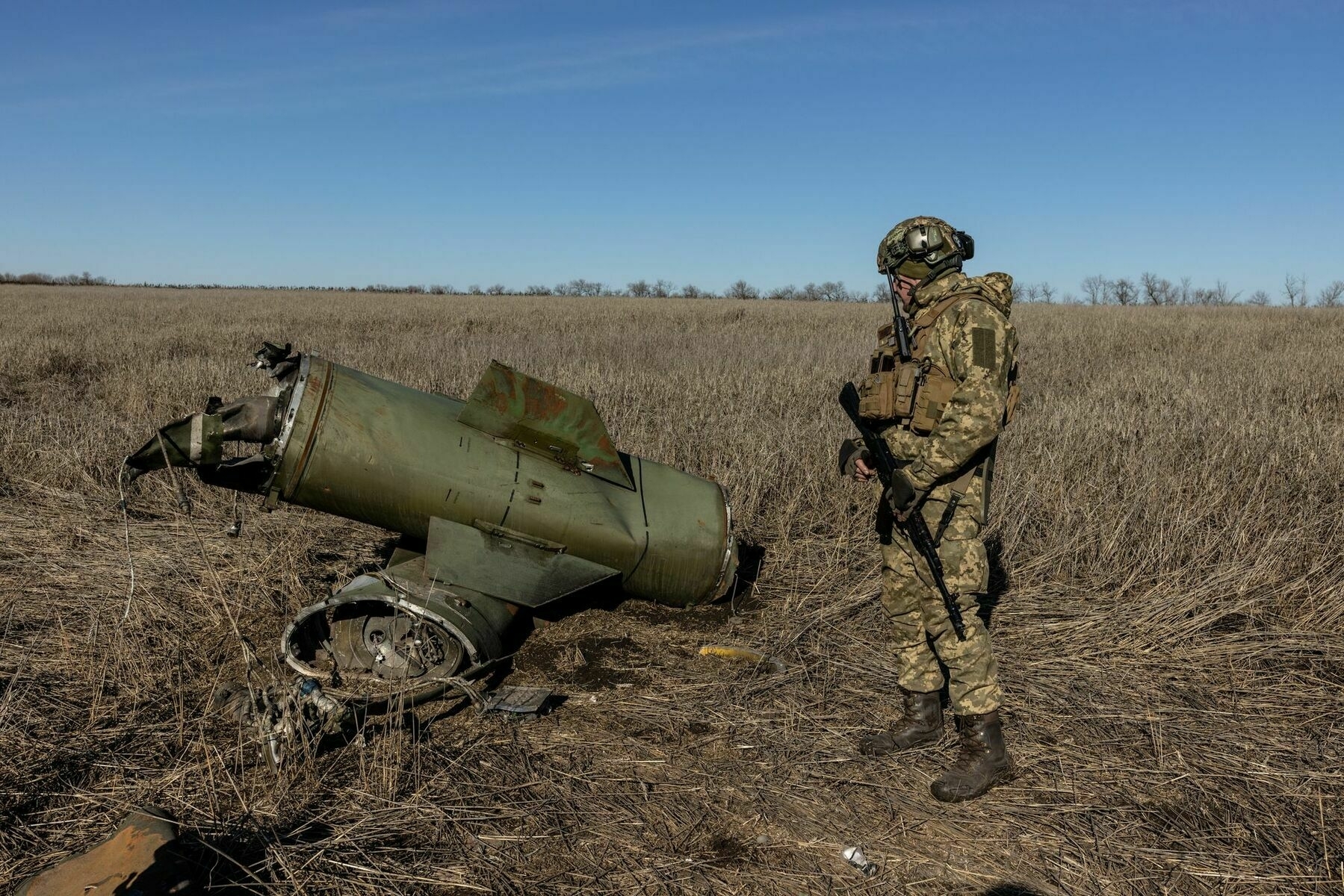
A Ukrainian soldier stands near the wreckage of an S-300 missile in Chasiv Yar, Ukraine, on March 6, 2023. (Diego Fedele / Getty Images) Although Russian air defense has become more effective against known systems, the new missile may catch them off guard, at least temporarily. Russia will need time to update its tracking software and integrate this new threat into its defense network.
"That won’t happen overnight. Each side learns and adapts. Russia is learning, and so is Ukraine," Borsari said.
"Sapsan is a very good development for Ukraine," he said. "Until now, Ukraine didn’t have an indigenous and domestic ballistic missile in its arsenal, apart from semi-ballistic ATACMS provided by the U.S. in 2023."
Hoffmann added that the new missile can make a difference, depending on how accurate it is and how easy it will be for Russian air defense to intercept it.
"We see in the Middle East right now that Iran has a lot of ballistic missiles, but they are inaccurate. They have to launch a massive amount of it in order to potentially hit the targets. And still there's no guarantee," Hoffmann said.
Russia also face a problem of geography — its vast landmass means it simply doesn't have enough air defense systems to cover all of its territory so it will likely have to prioritize defending some areas over others.
Scaling up productionHoffmann said that Ukraine faces major challenges in scaling up missile production, as large above-ground factories would be easy targets for Russian strikes.
To protect this critical infrastructure, Ukraine likely needs to build underground facilities, which is a complex, costly, and time-consuming endeavour.
Borsari added that the production will take time, but if Ukraine can manage to produce at least 80 to 100 missiles per year, it would have a decent amount to conduct strikes against Russian targets.
Ukraine's domestic weapons productionUkraine has continued to increase domestic weapon production. Zelensky said on April 16 that over 40% of the weapons used at the front line are now produced in Ukraine, including over 95% of the drones used at the front line.
Zelensky also previously revealed that Ukraine had developed another domestic-made weapon, a missile-drone Palianytsia.
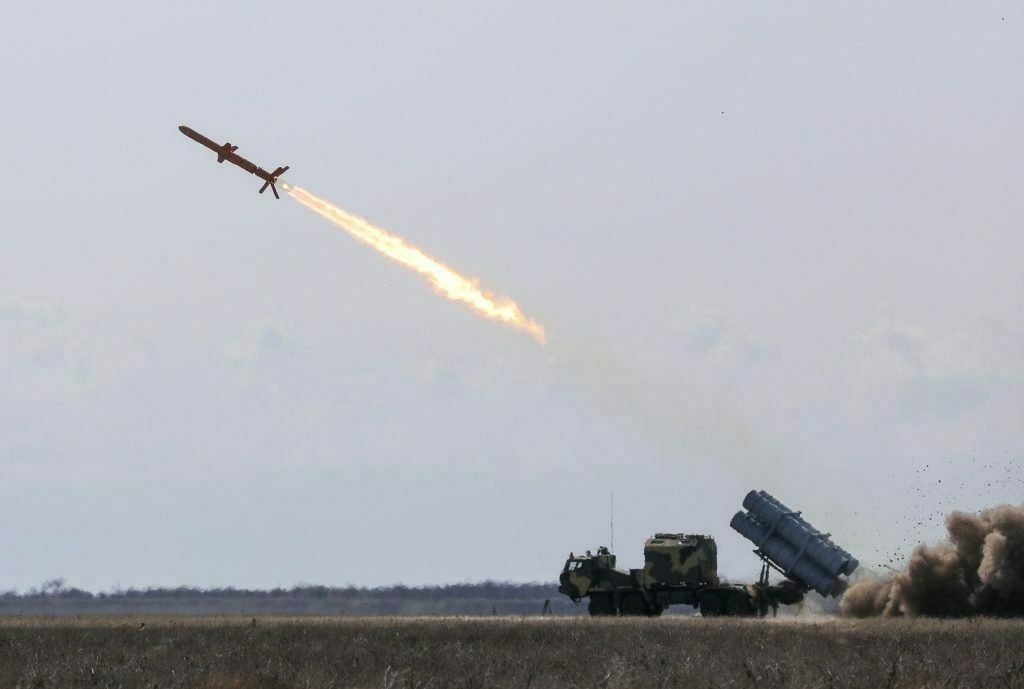
A Ukrainian-made Neptune missile is fired on April 5, 2019. (The Presidential Office of Ukraine) Ukraine's Defense Minister Rustem Umerov said in late 2024 that Ukraine also resumed and scaled up serial production of Neptune cruise missiles, modifying them to have a greater range.
As Ukraine attempts to increase its defense production, Russia has continued to unleash large-scale attacks on Ukrainian cities, regularly launching hundreds of drones to overwhelm Ukrainian air defenses.
And Moscow is only building more and more — Ukraine's military intelligence (HUR) told the Kyiv Independent earlier this month that Russia's production of ballistic missiles has increased by at least 66% over the past year.
Hi, this is Yuliia. Thank you for reading this article. The Kyiv Independent doesn't have a wealthy owner or a paywall. Instead, we rely on readers like you to keep our journalism funded. If you liked this article, consider joining our community today.
‘Beyond cynical’ – Russian doctor carved ‘Glory to Russia’ scar on POW during operation, Ukraine saysAfter more than three years of Russia’s full-scale invasion, each new revelation of cruel treatment of Ukrainians in Russian captivity hardly surprises anyone. But when a photo recently emerged online, showing a “Glory to Russia” scar on the body of a Ukrainian prisoner of war (POW), it sent shockwavesThe Kyiv IndependentDaria Shulzhenko

-
Details of the MASSIVE attack on Ukraine: Russians KILL civilians #shorts
-
Russian advance in Sumy region falters amid intense Ukrainian resistance
Russian forces continued their advance in one section of the front in Ukraine's Sumy region, with the largest advance near the village of Yablunivka, approximately 25 km from Sumy. According to monitoring service DeepState, Russian troops advanced narrowly towards the main road to Sumy, west of Yunakivka.
The General Staff of the Armed Forces of Ukraine reported that in the North Slobozhansky and Kursk directions, Ukrainian defense forces repelled 38 Russian assault actions in the past 24 hours. Meanwhile, the enemy conducted 14 airstrikes, dropping 32 guided bombs, and fired 225 times on Ukrainian military positions and populated areas, including one attack using a multiple launch rocket system.
Military analyst Oleksiy Hetman commented on the situation in the Sumy region, noting that the fierce combat in this area was considered a critical part of the Russian summer offensive campaign. However, after breaking through the initial and most vulnerable line of the Ukrainian defense, the offensive momentum of the enemy was exhausted. "They did indeed pass the first line of defense, which was admittedly weak. It was expected that we would halt or at least slow the occupiers, which we have now done. The advance towards Sumy has practically stalled, so to speak. All those apocalyptic scenarios have not materialized," explained Hetman.
According to Hetman, the Russians achieved certain tactical success at the beginning of the offensive due to the preliminary accumulation of reserves, manpower, and equipment. However, at this point, the expert added that the Russian advance has stalled significantly far from Sumy. "I think right now they won’t get closer than 20 km to Sumy. But anything is possible; they might reinforce with more troops, equipment, and resources. Some advance is possible, but there is no reason to panic or believe they will soon be near Sumy," Hetman stressed.
On June 14, Ukrainian President Volodymyr Zelensky stated that fighters from the 225th separate assault regiment of the Armed Forces of Ukraine expelled Russian forces from the village of Andriivka in the Sumy region. The Ukrainian President also noted that Russia had ammassed 53,000 soldiers in this area.

